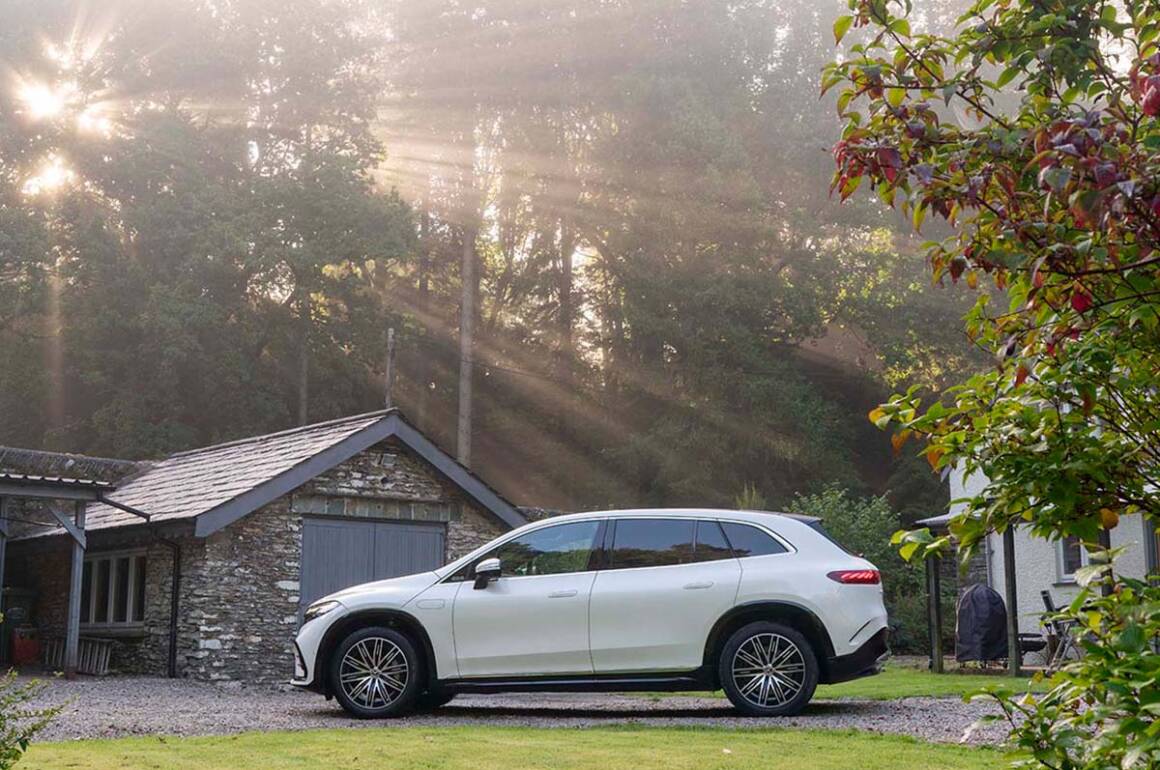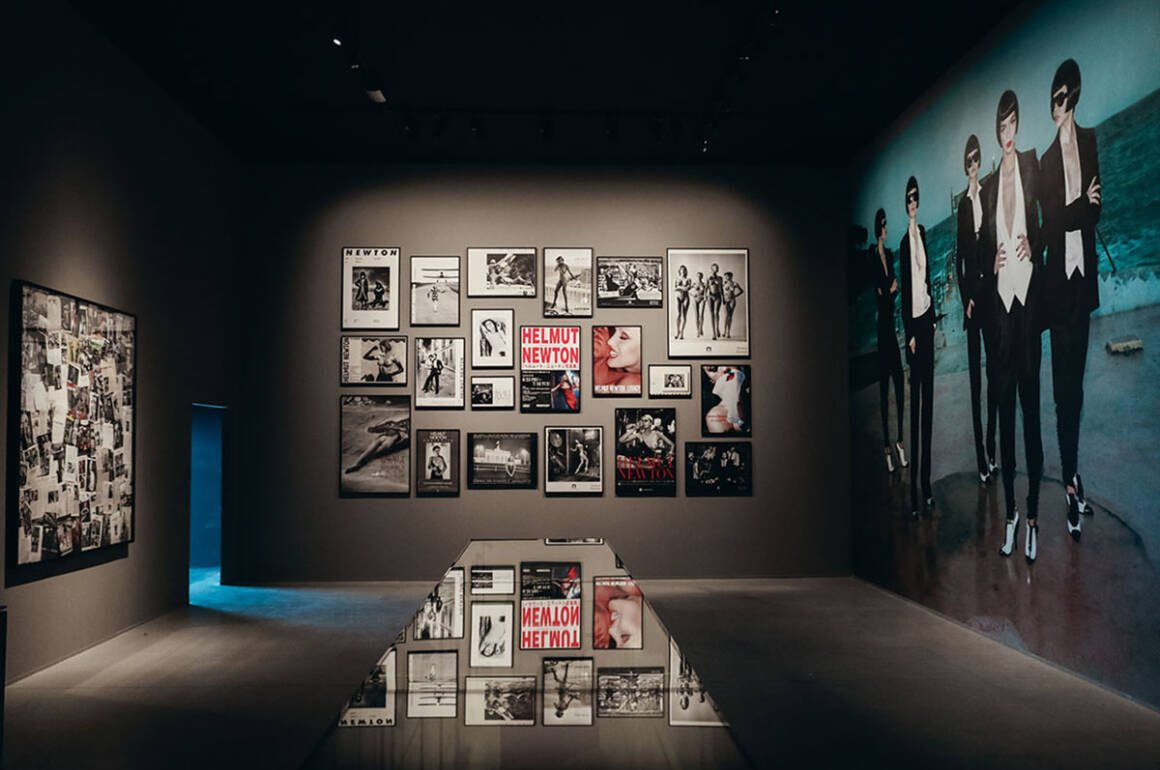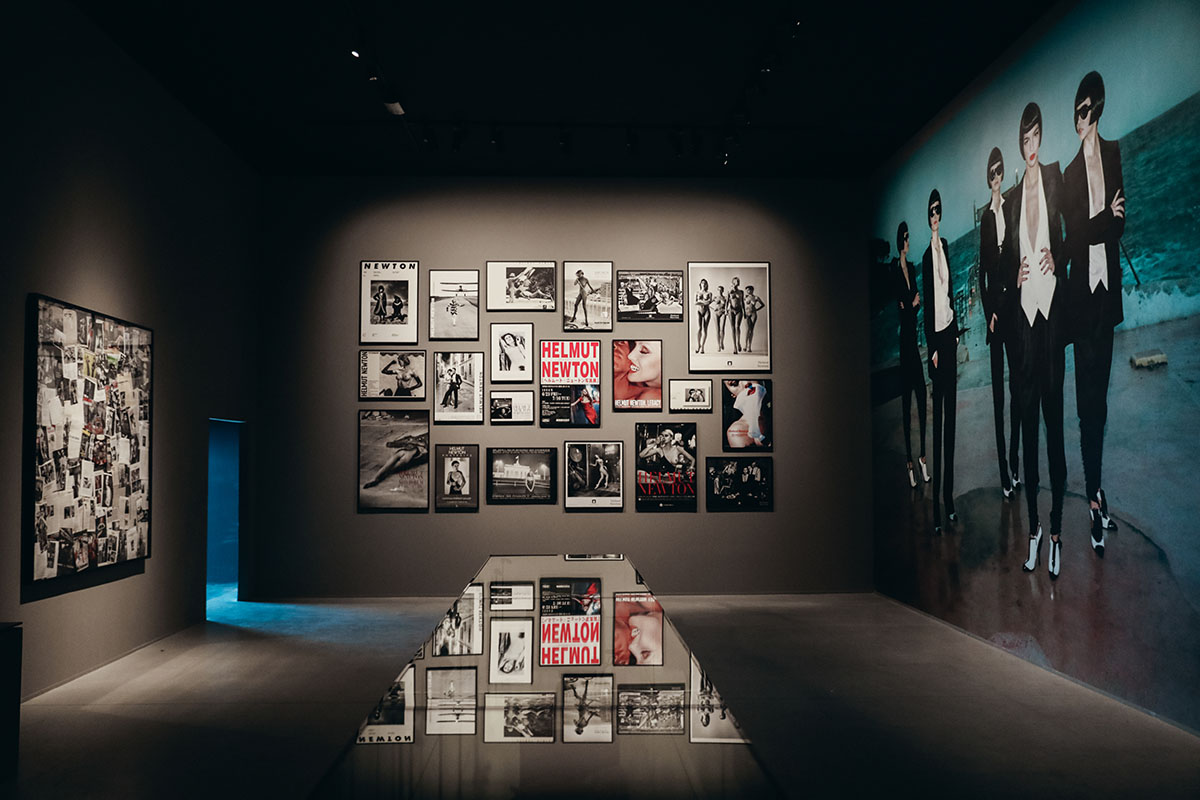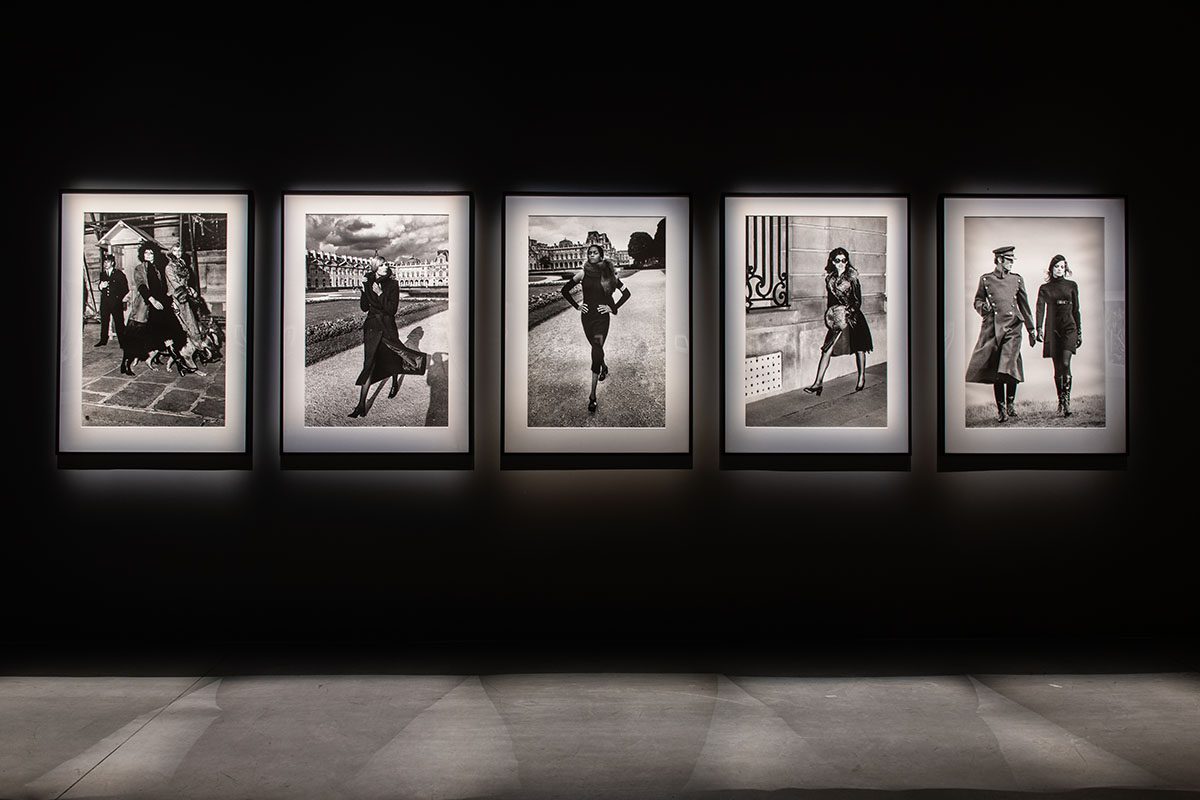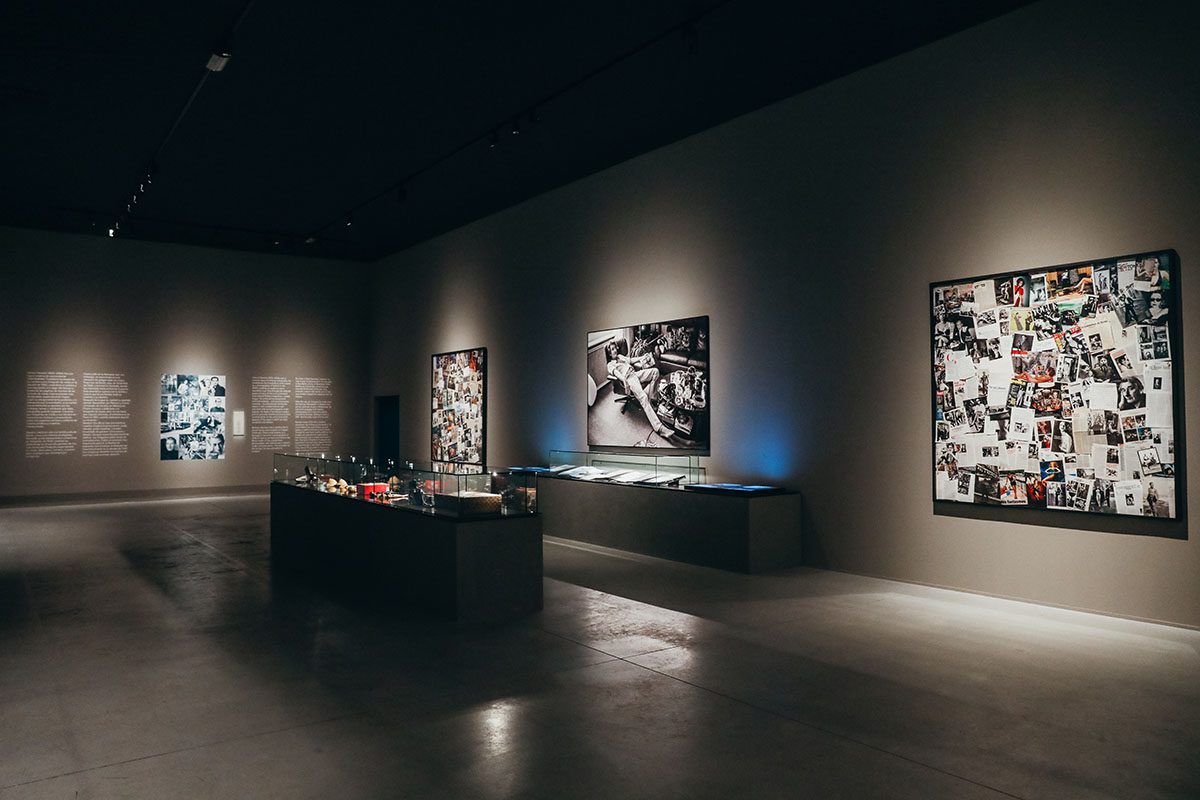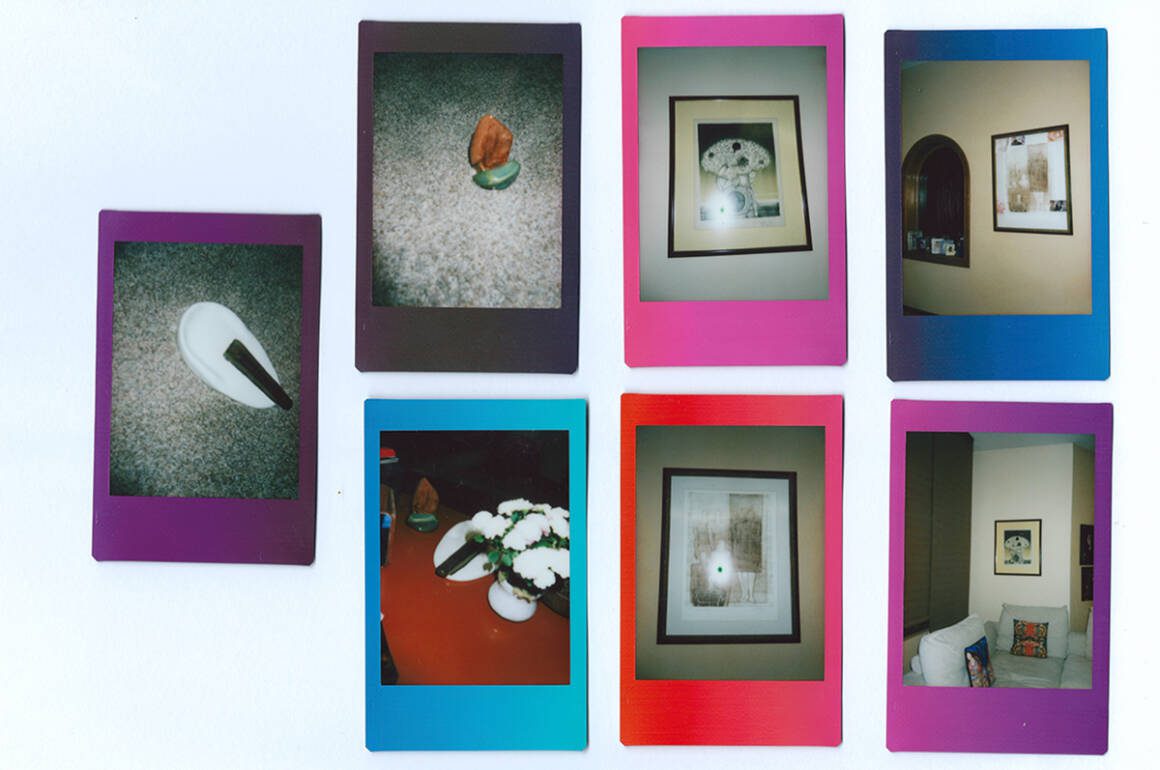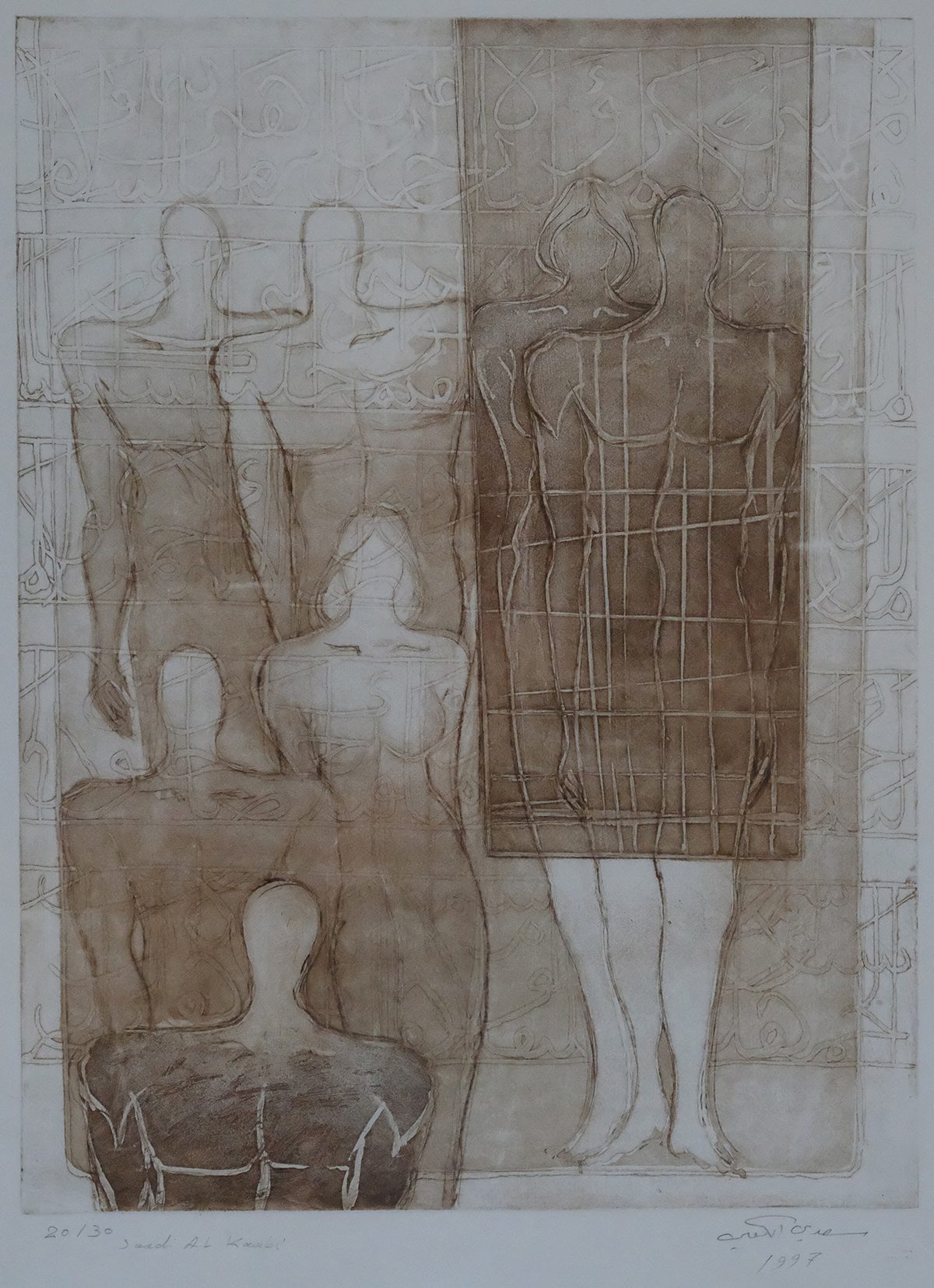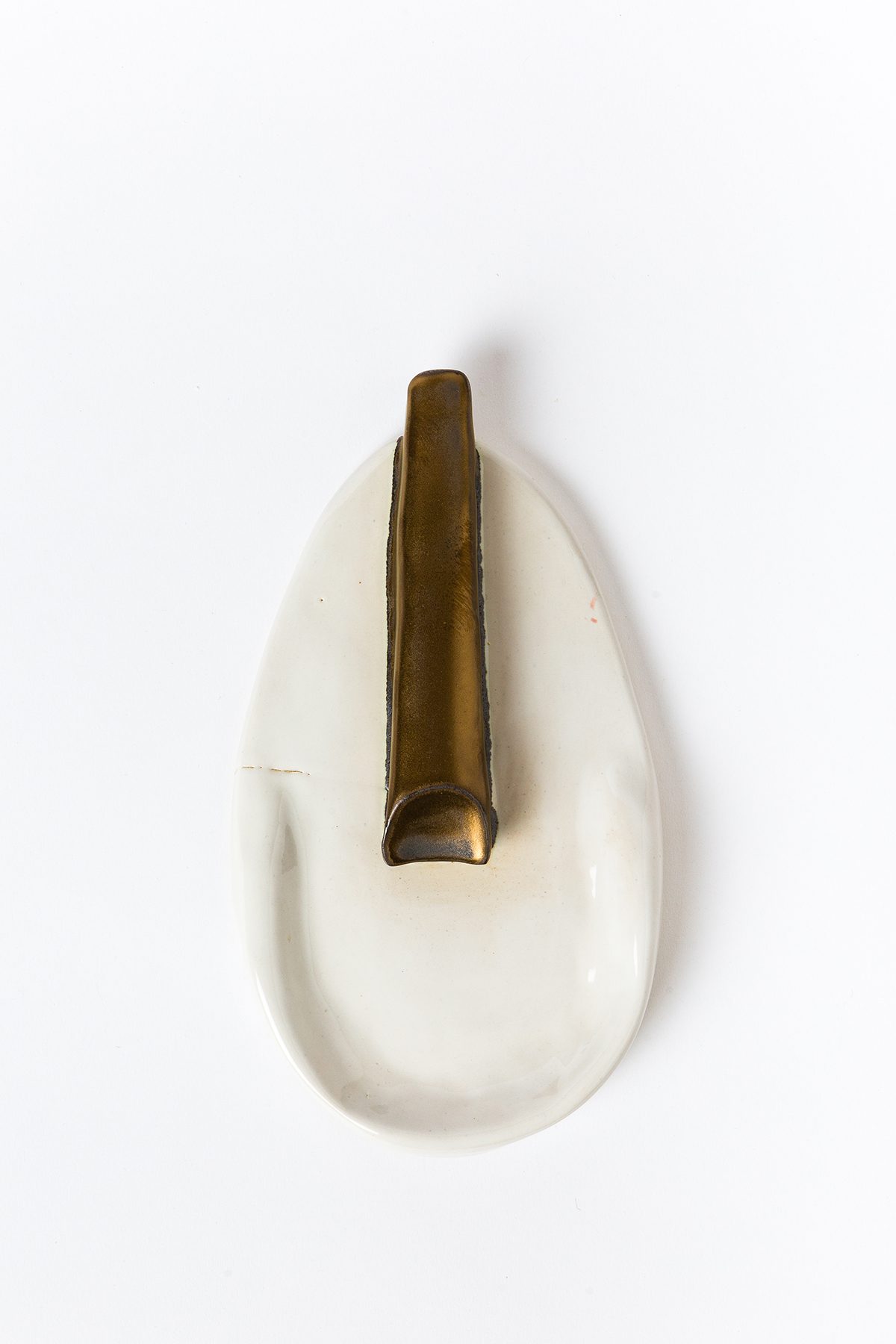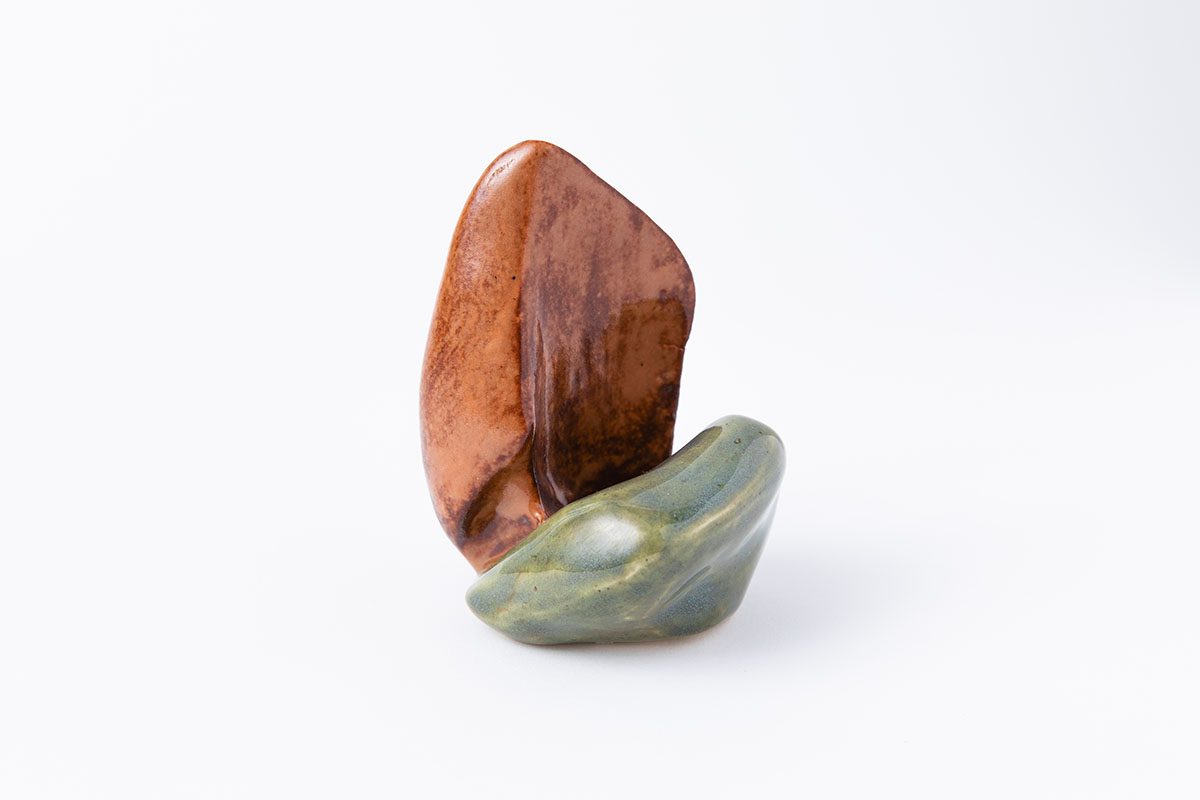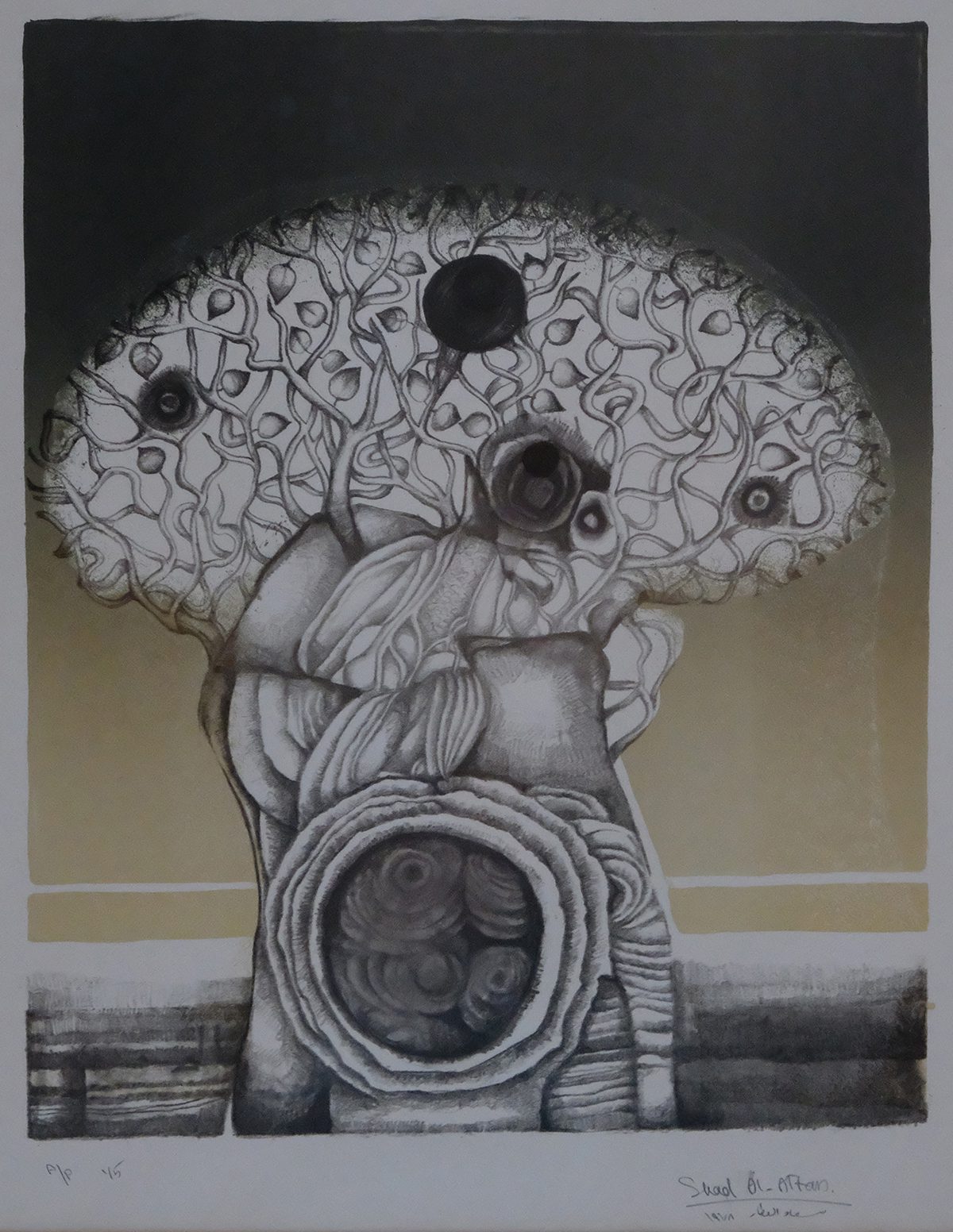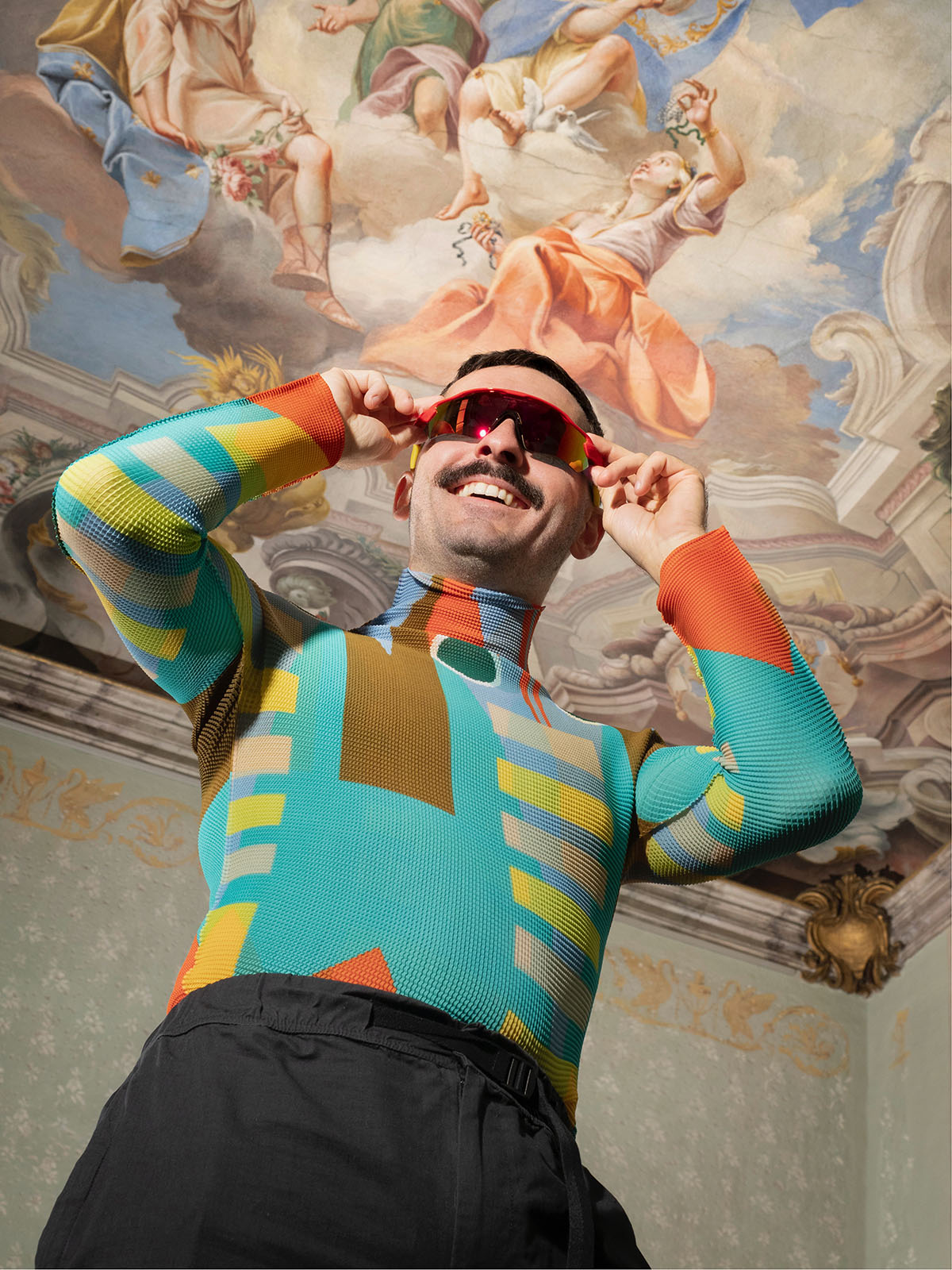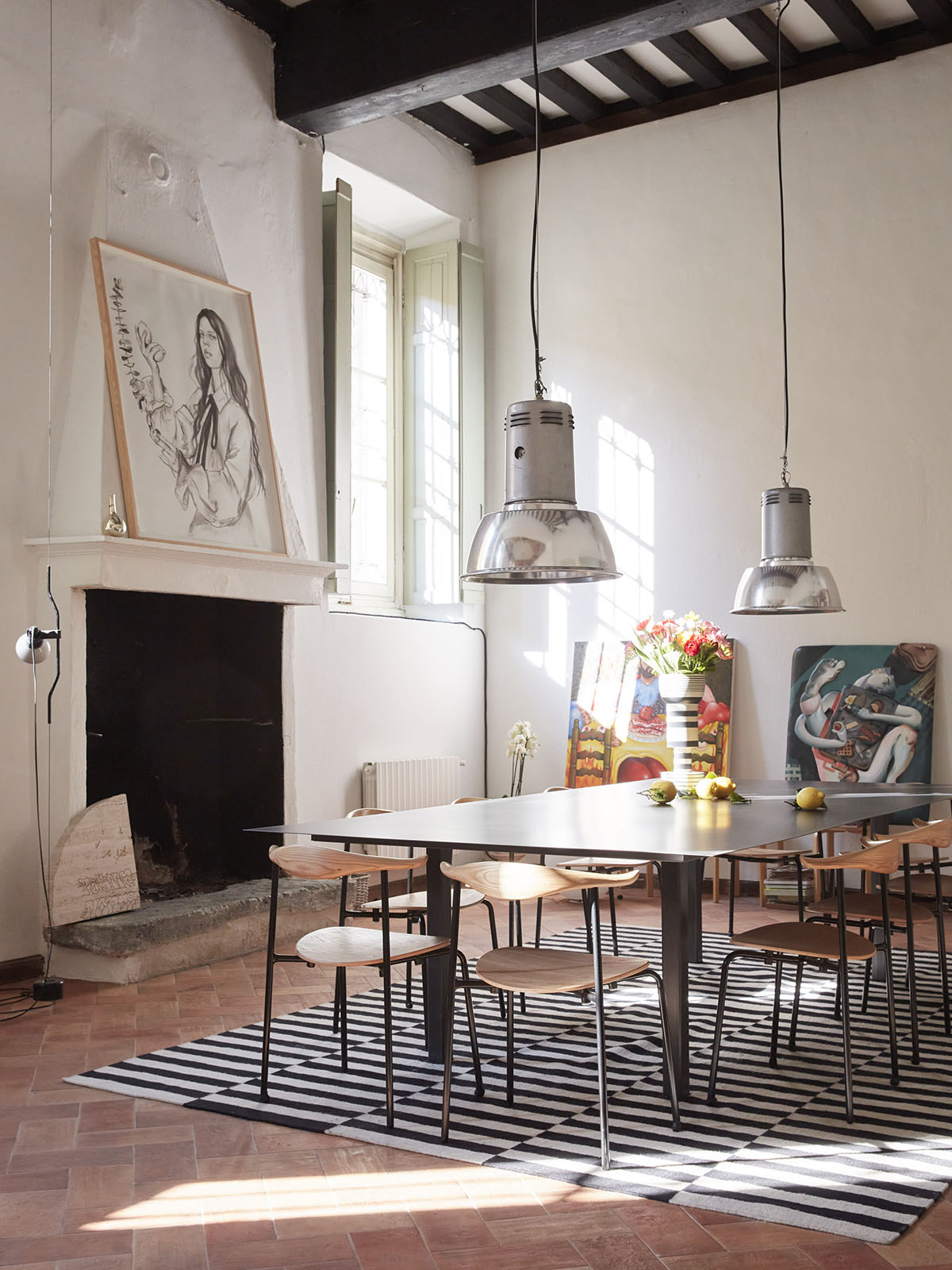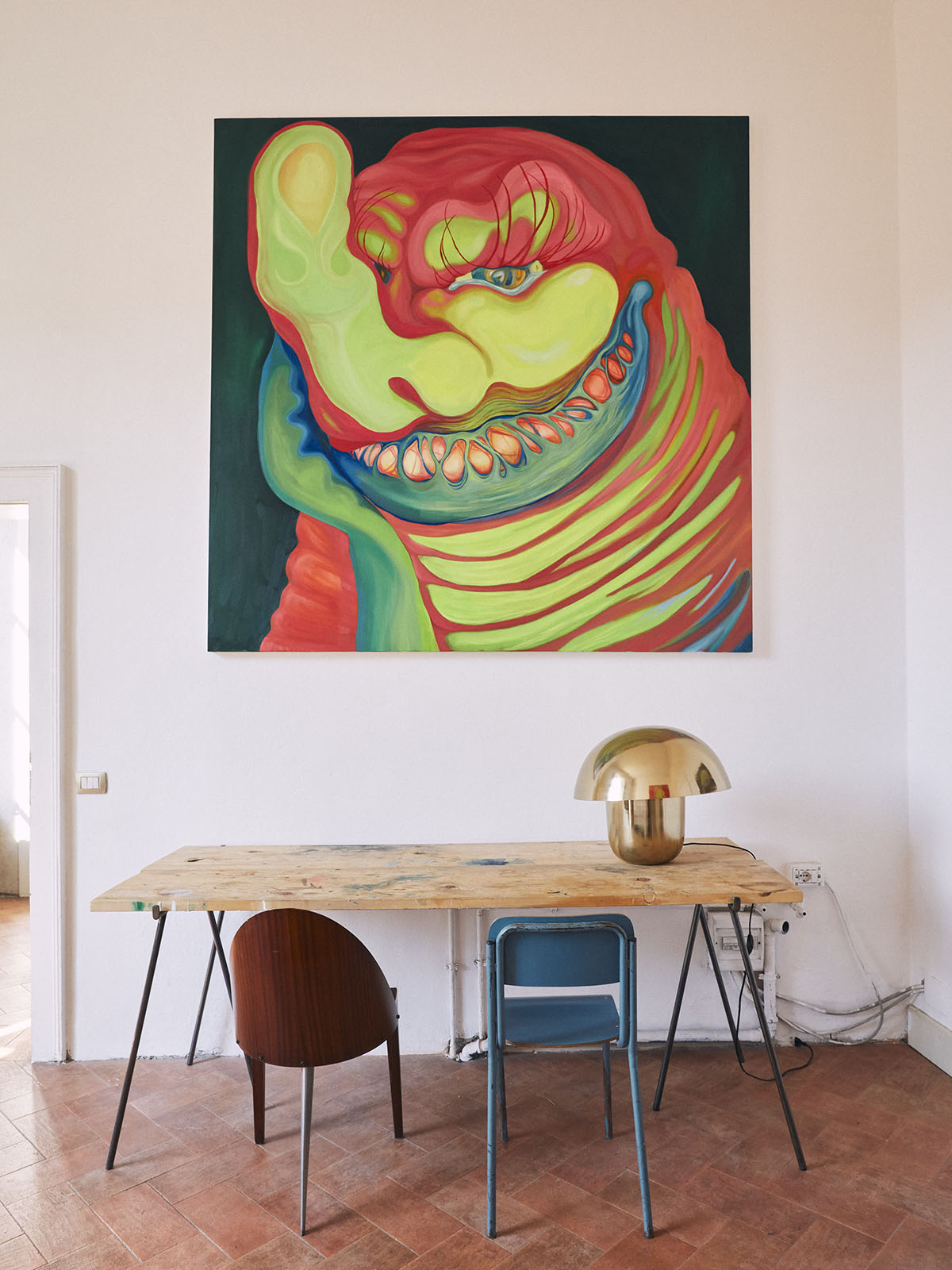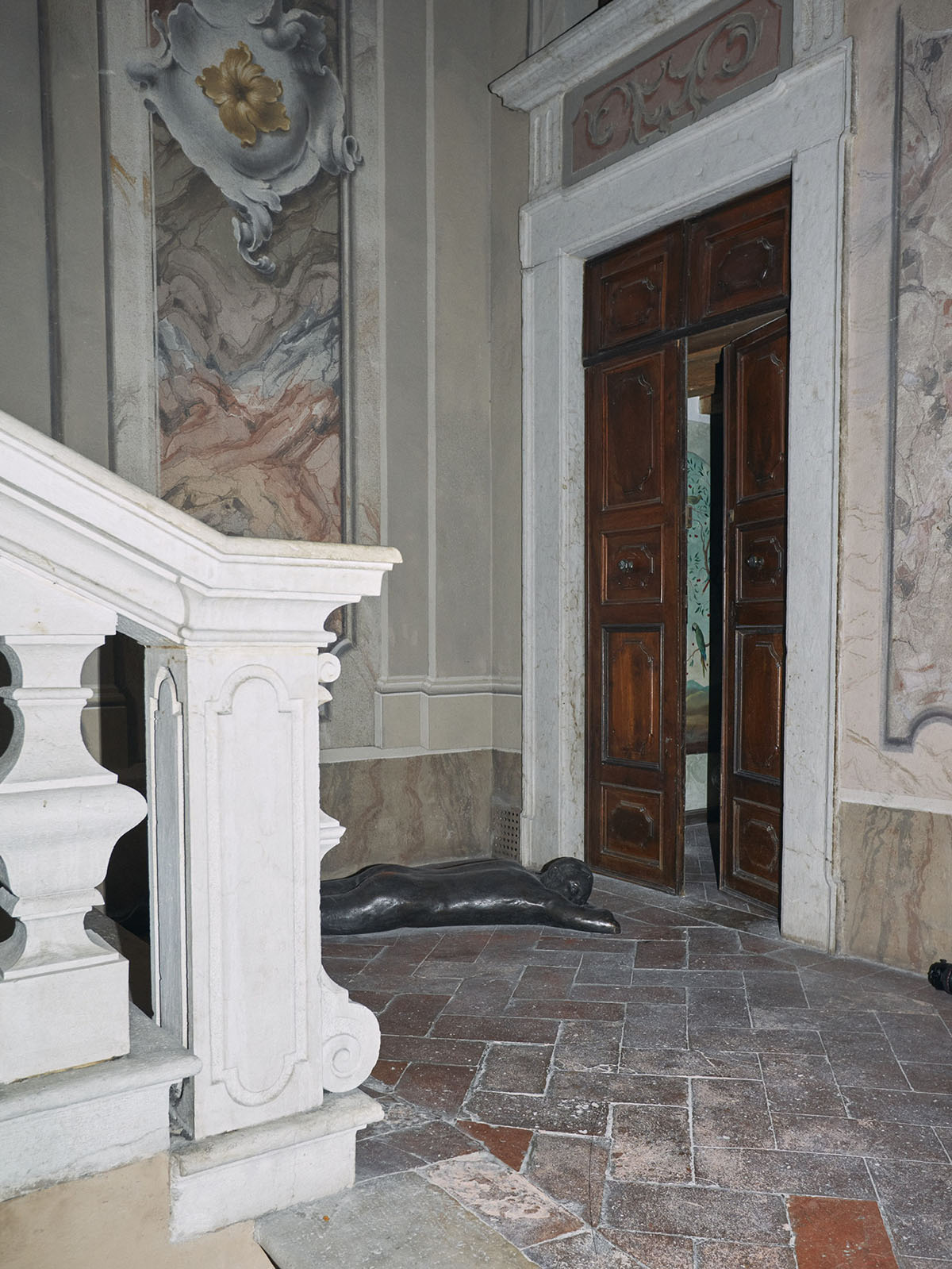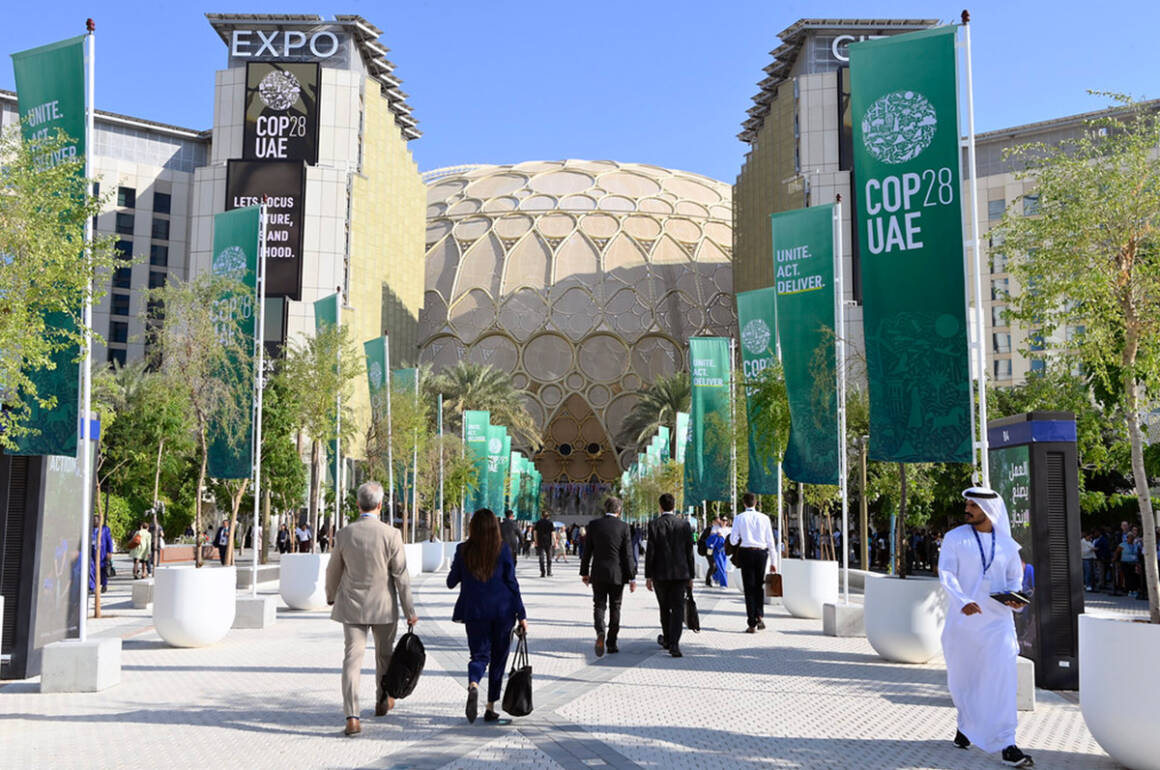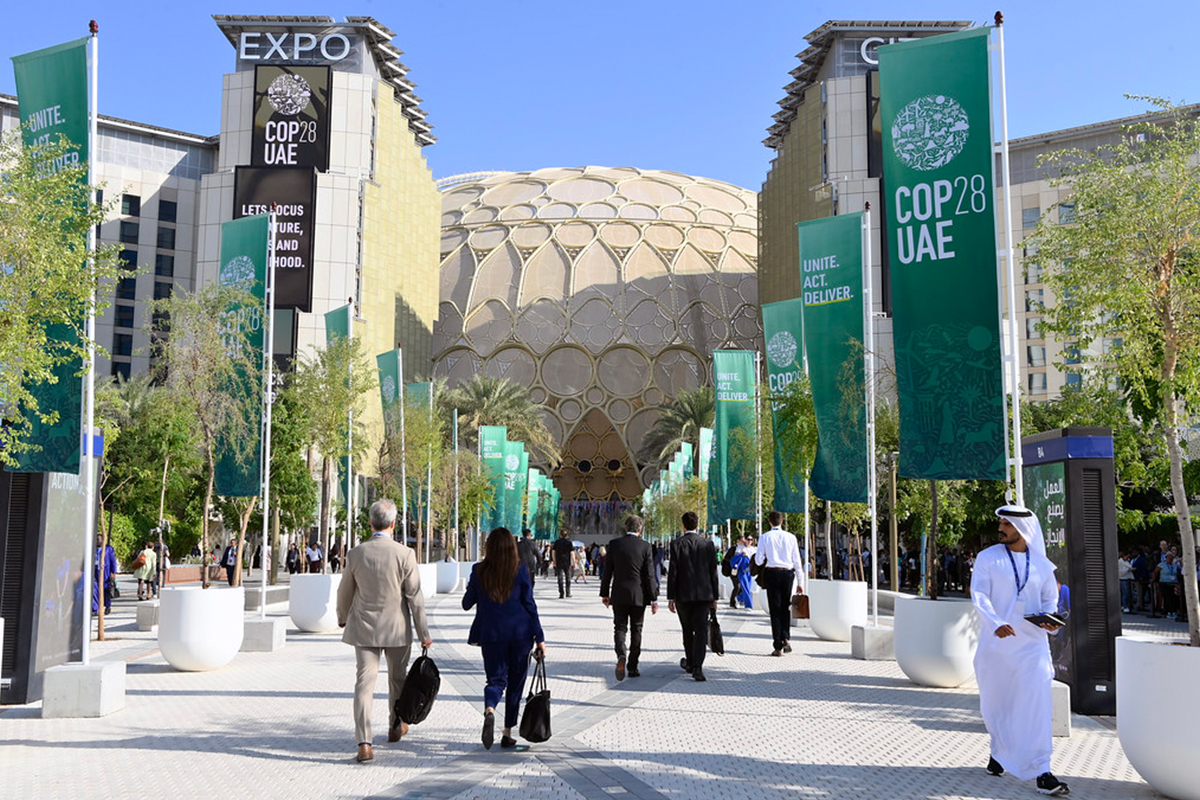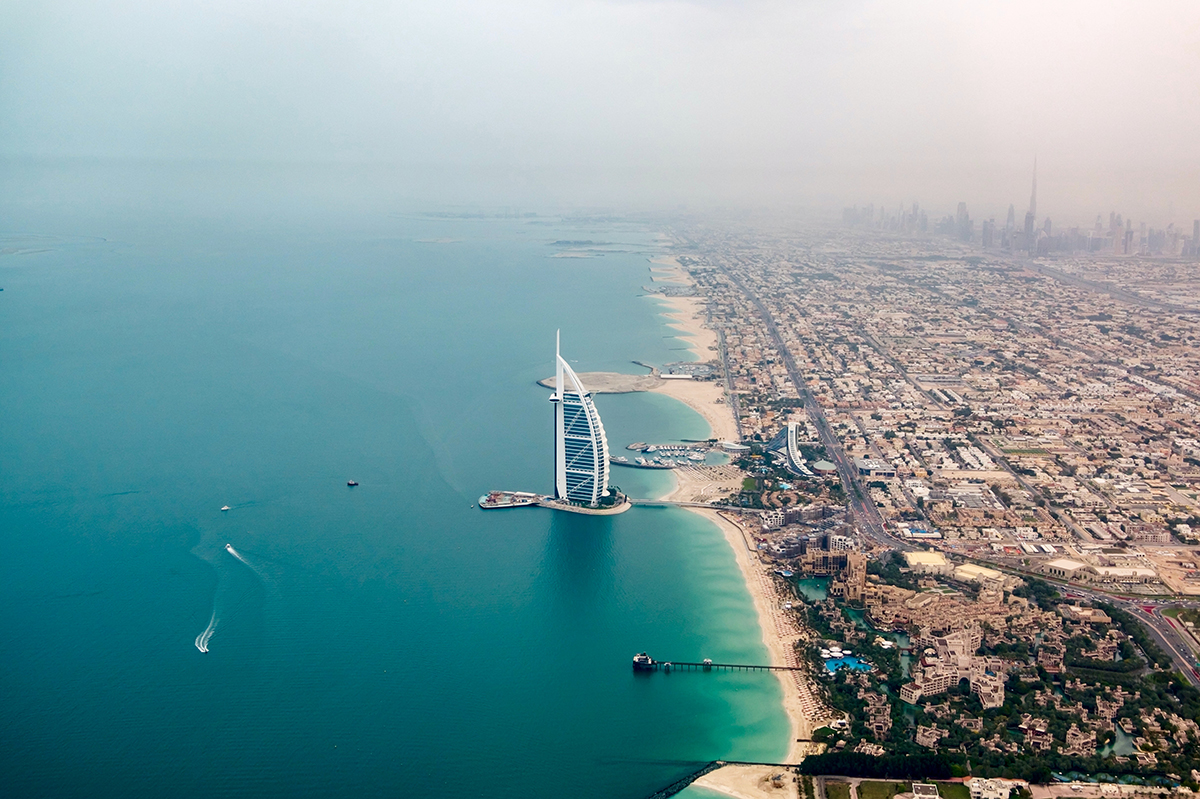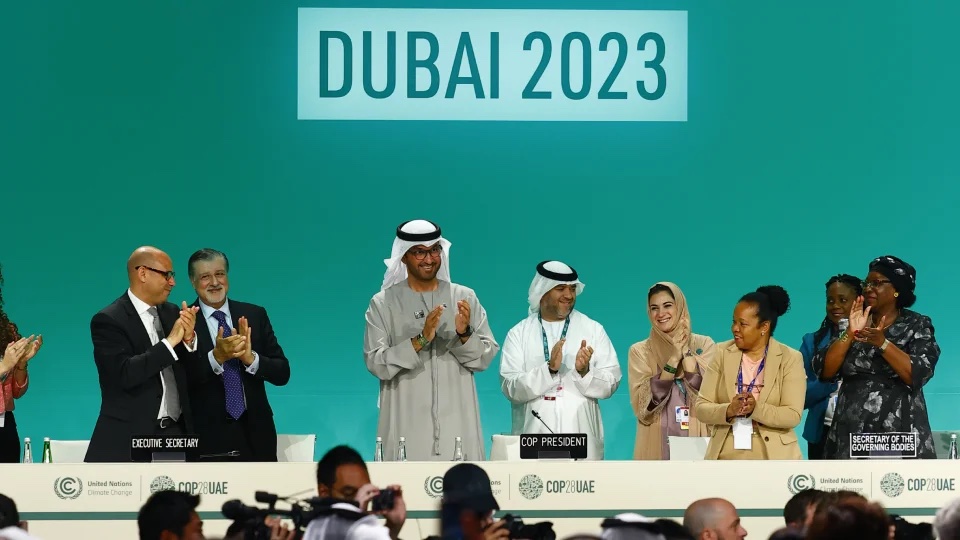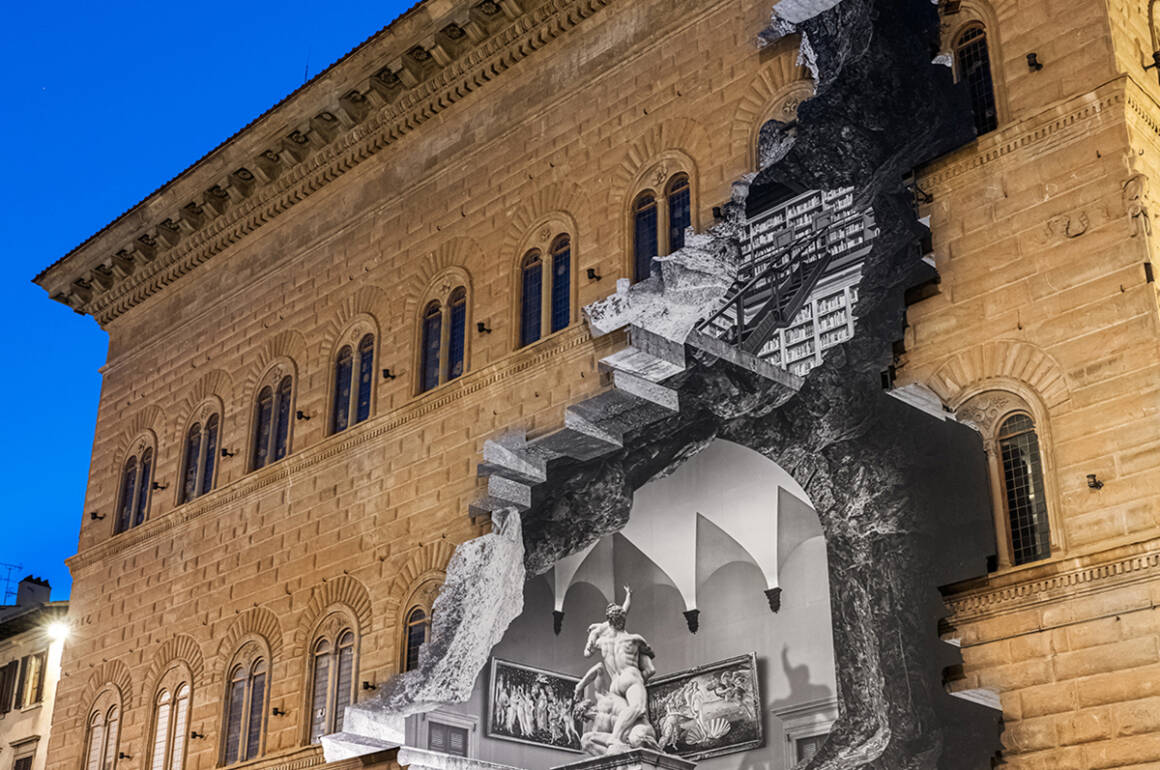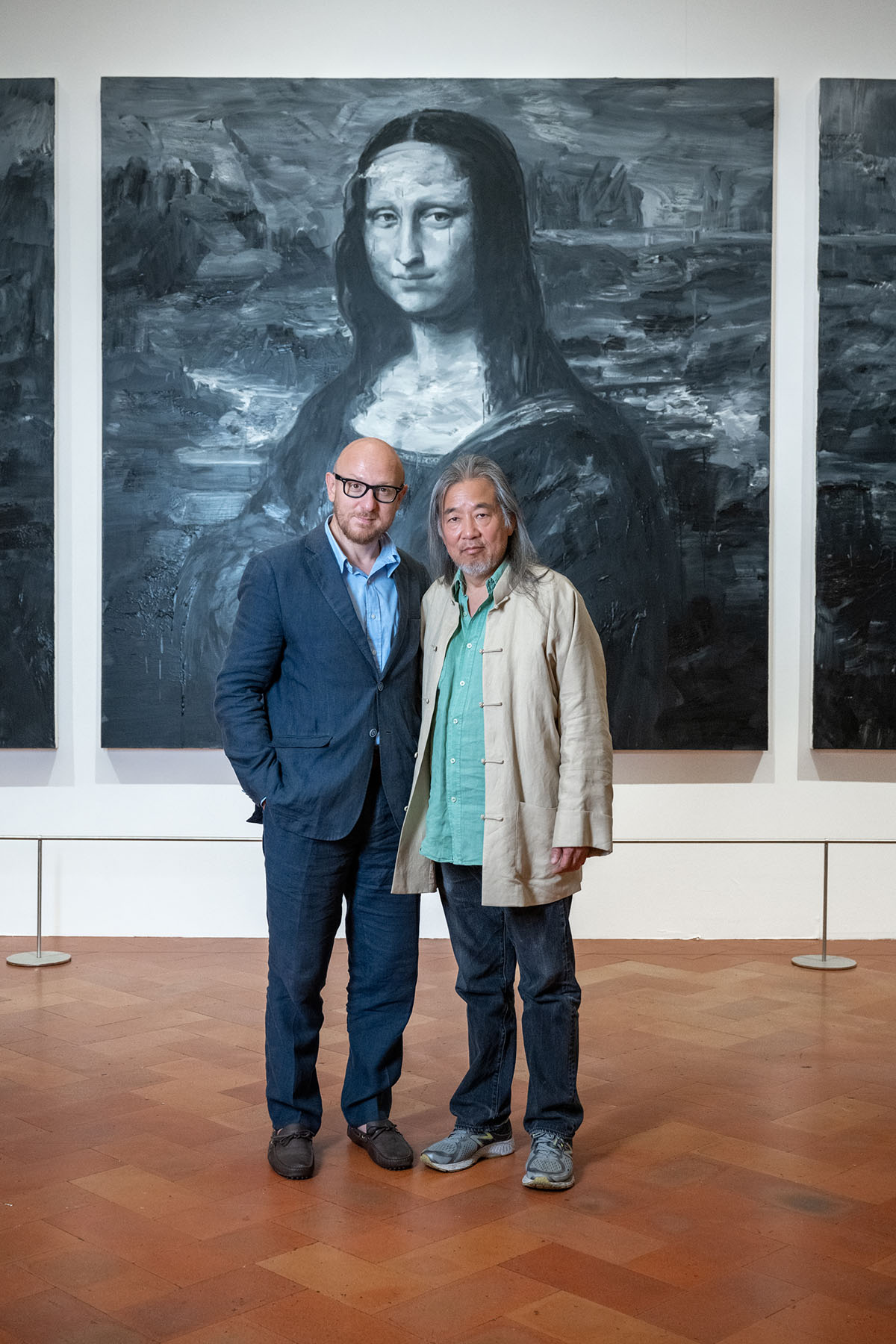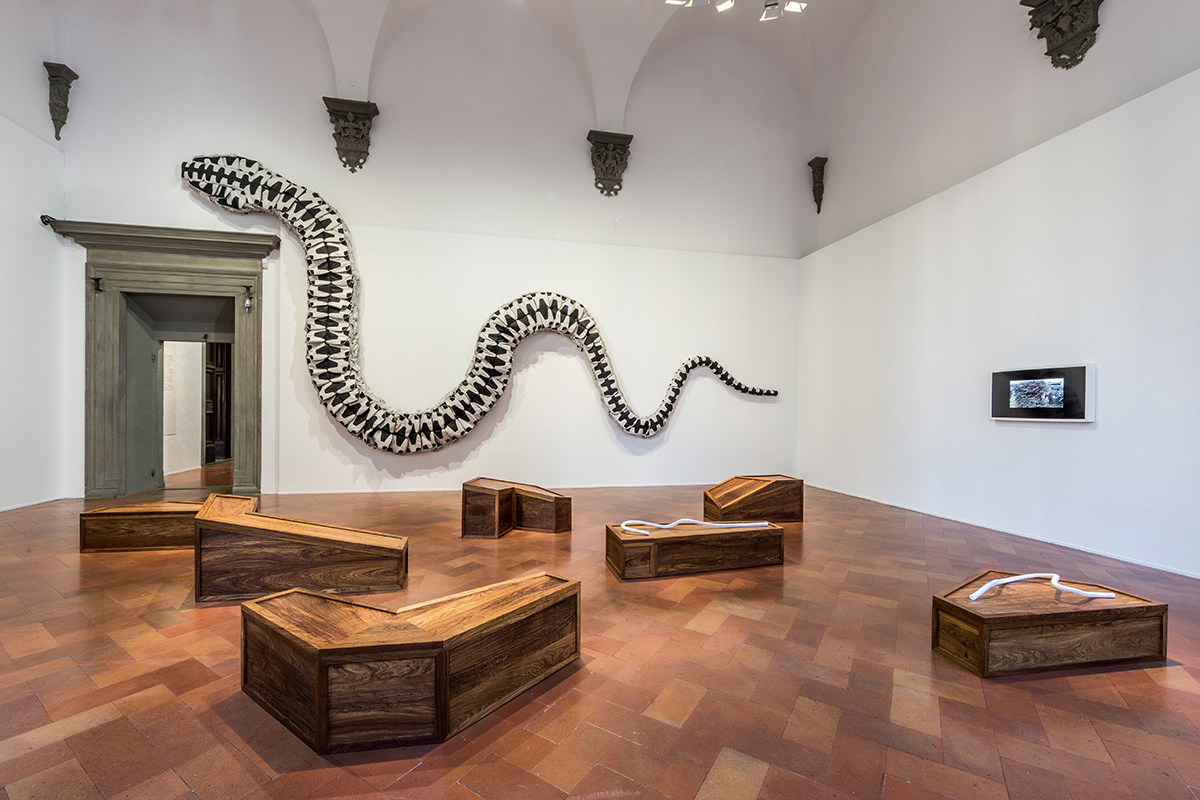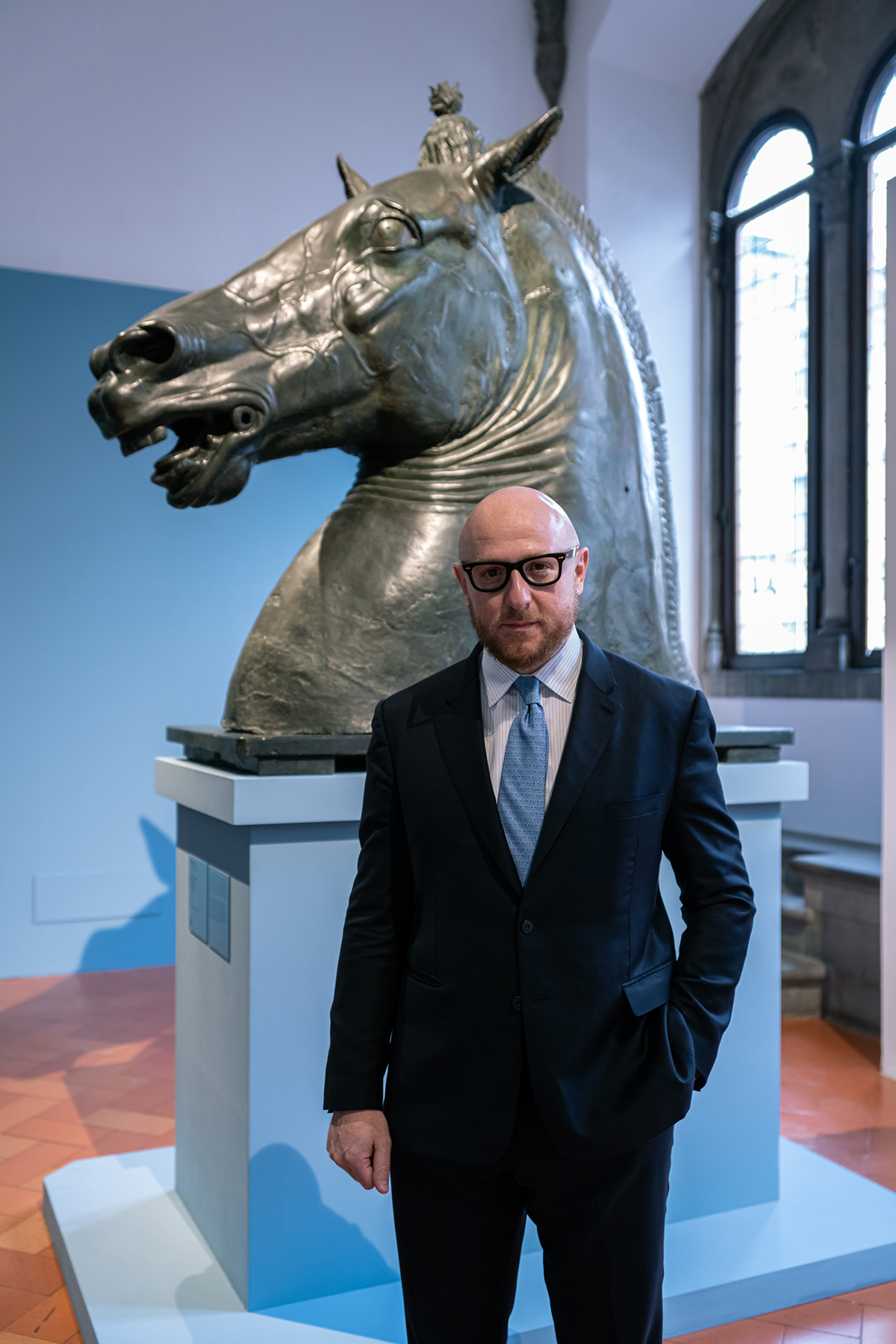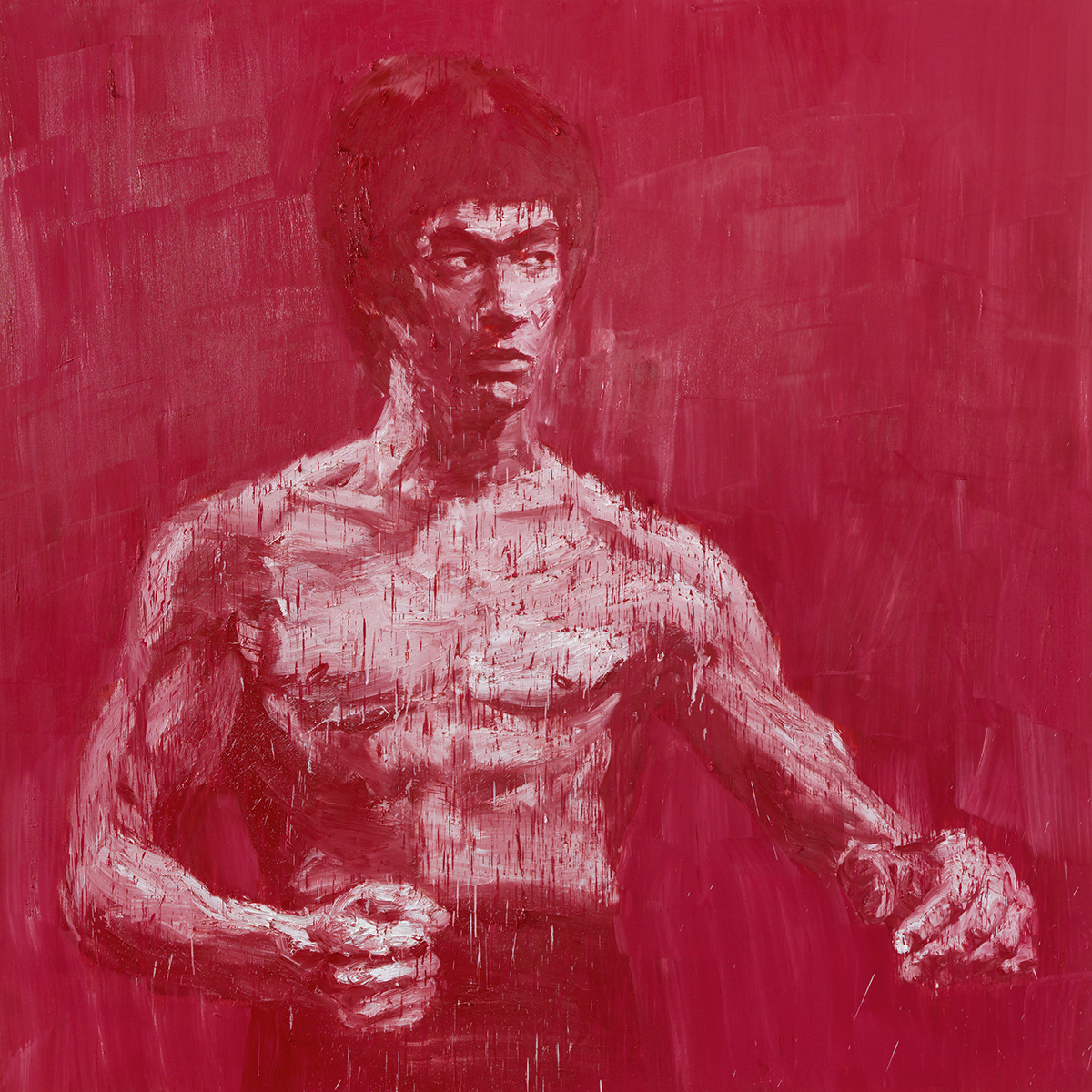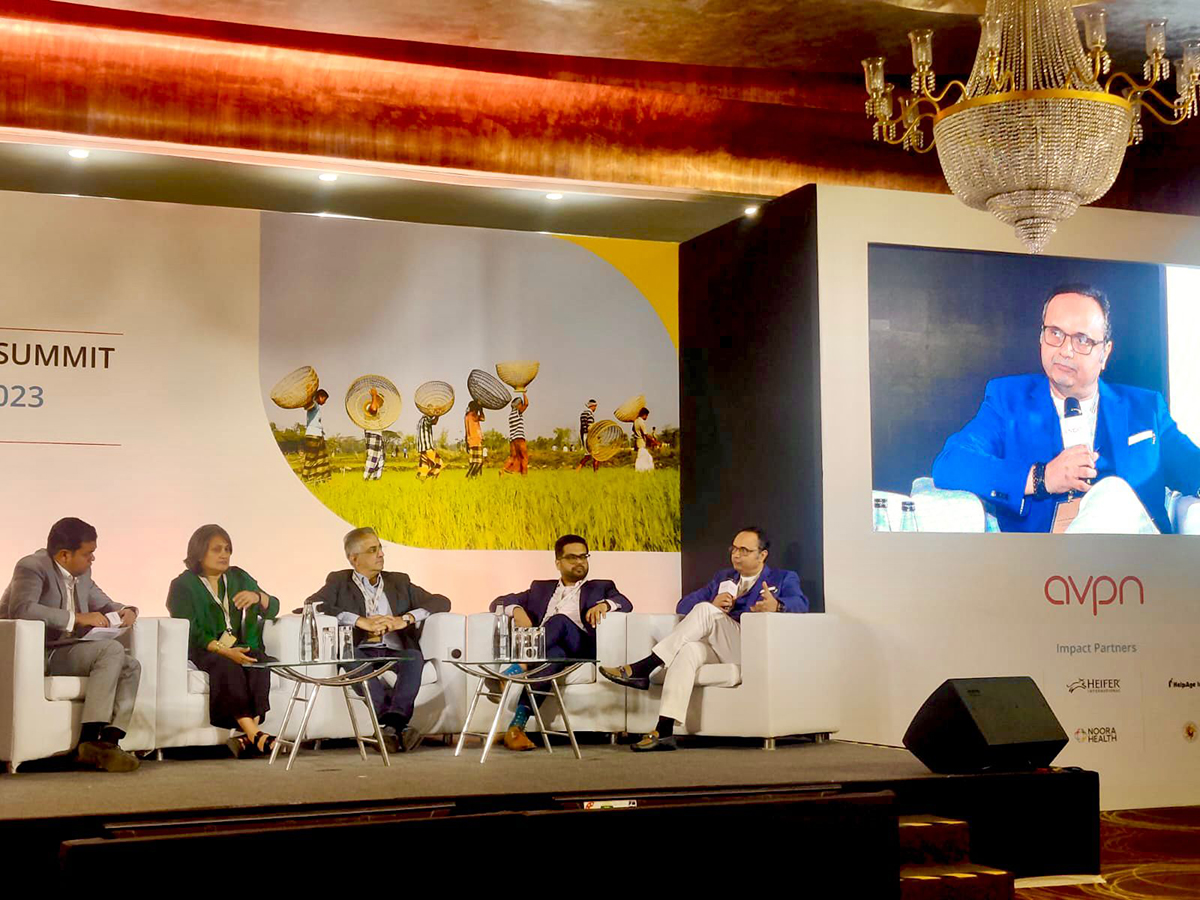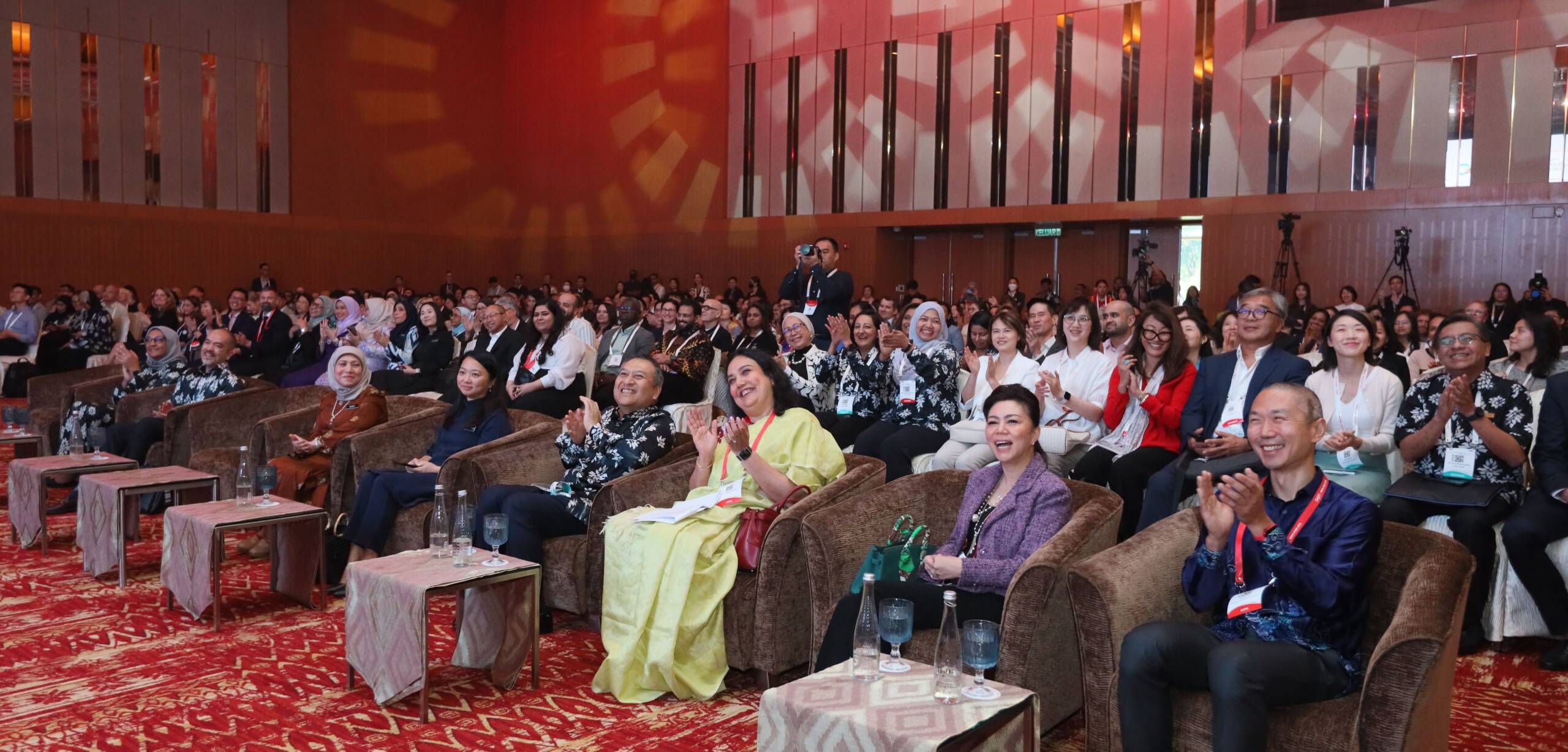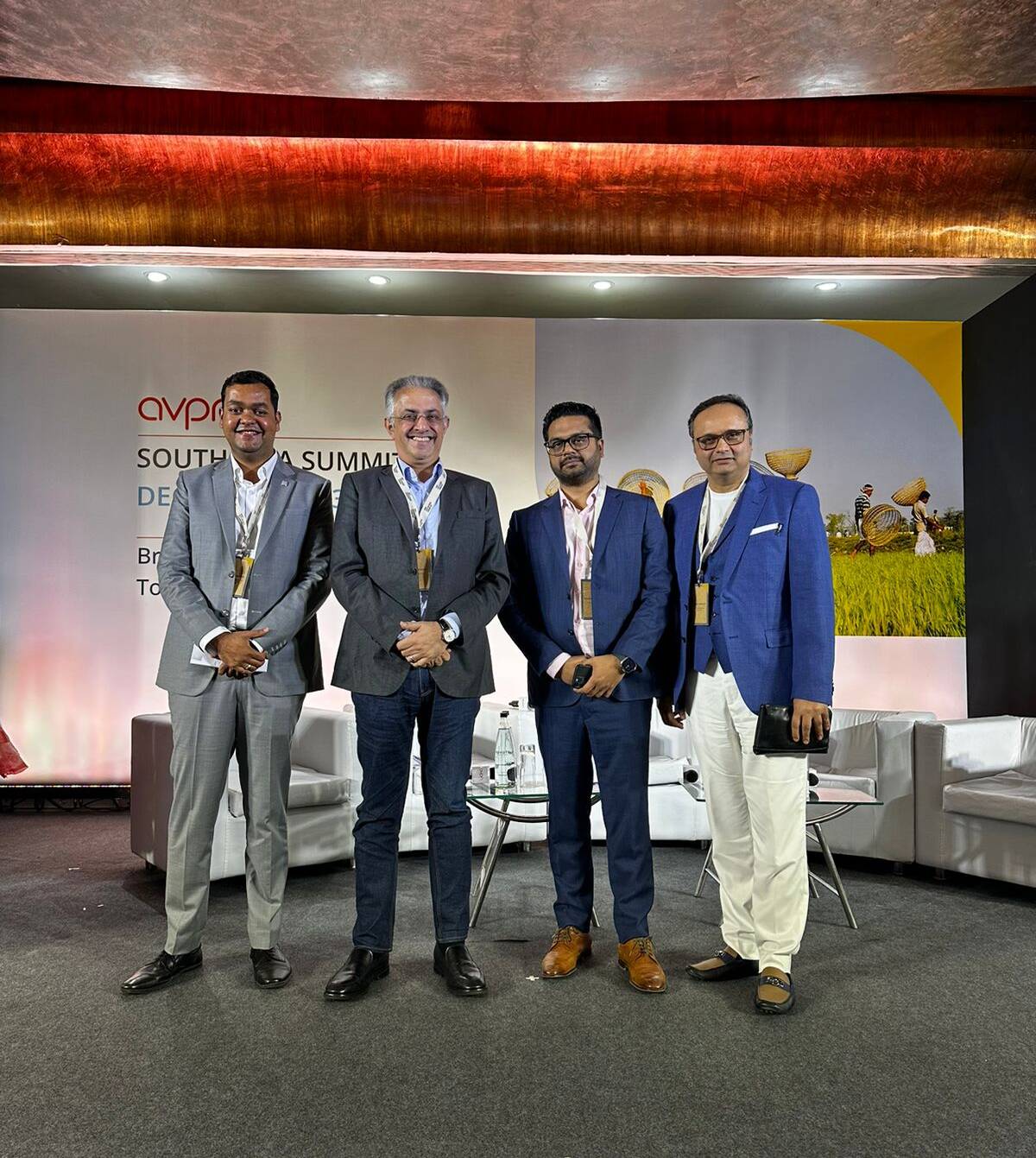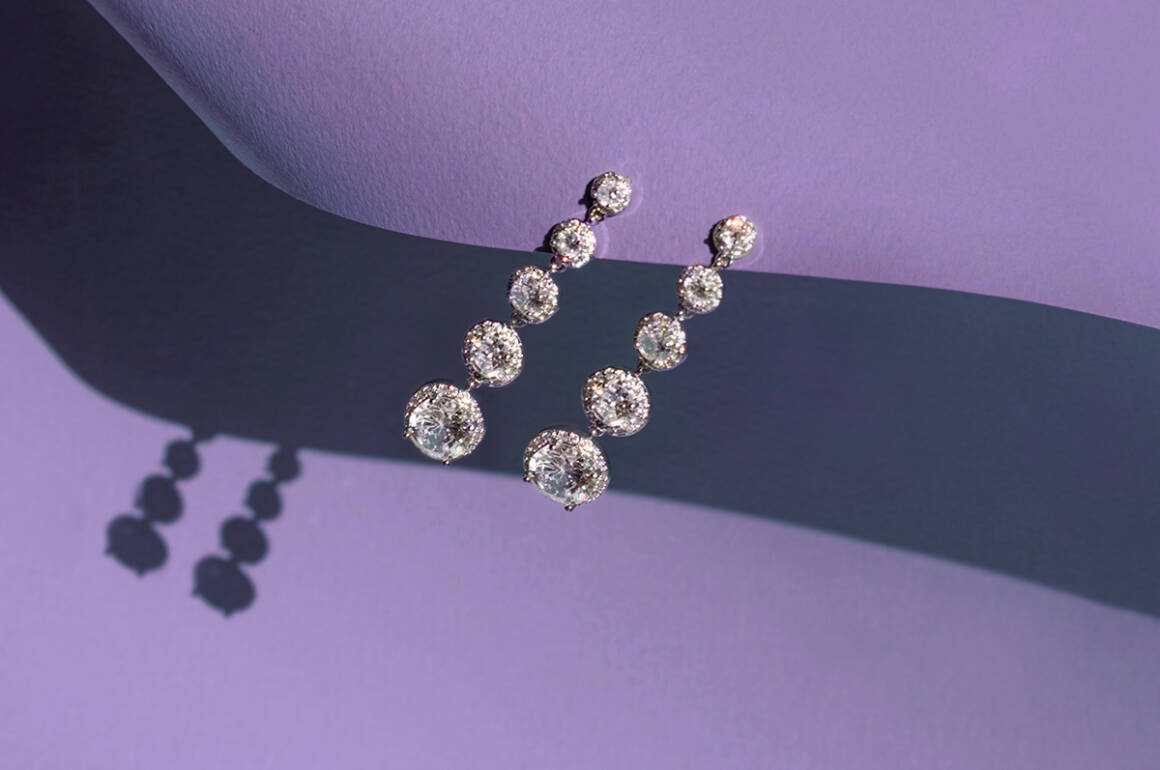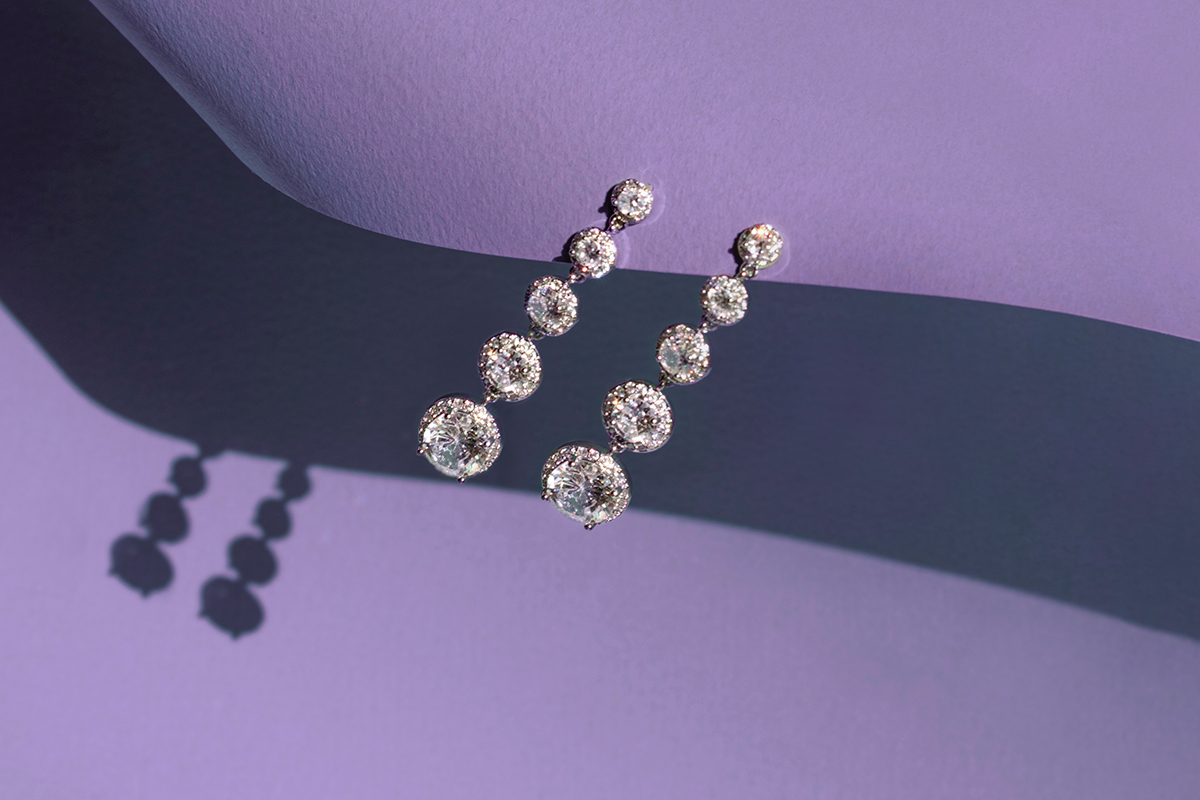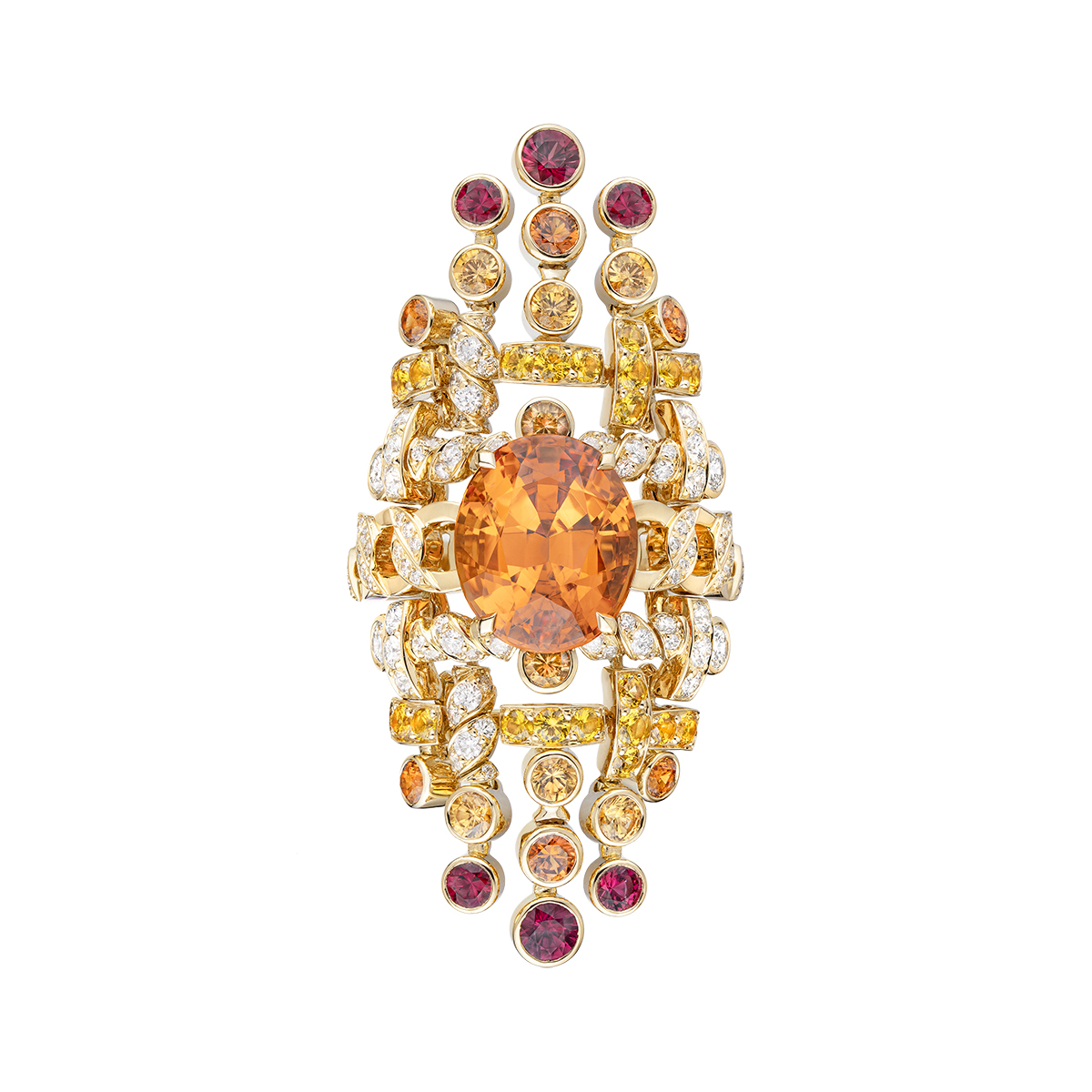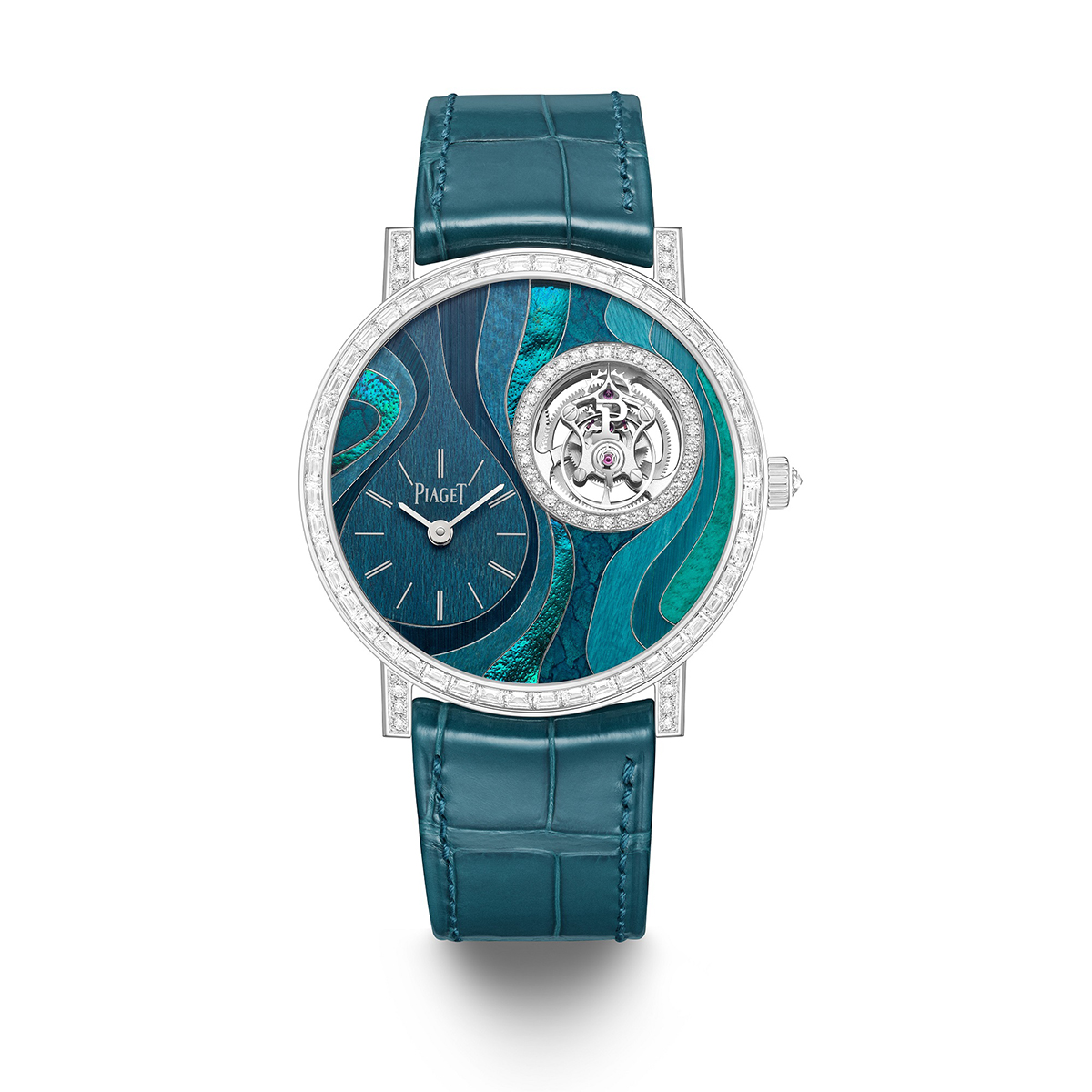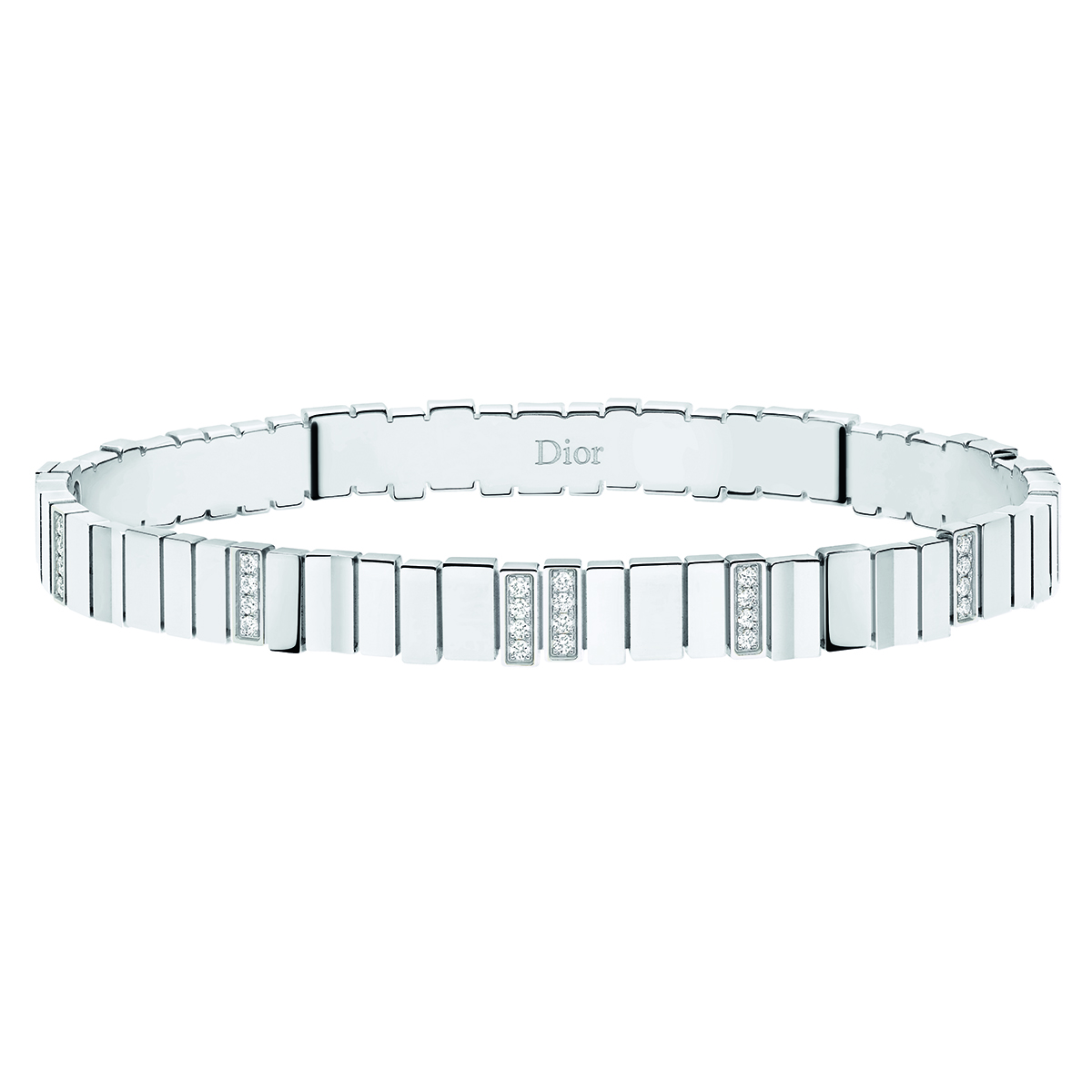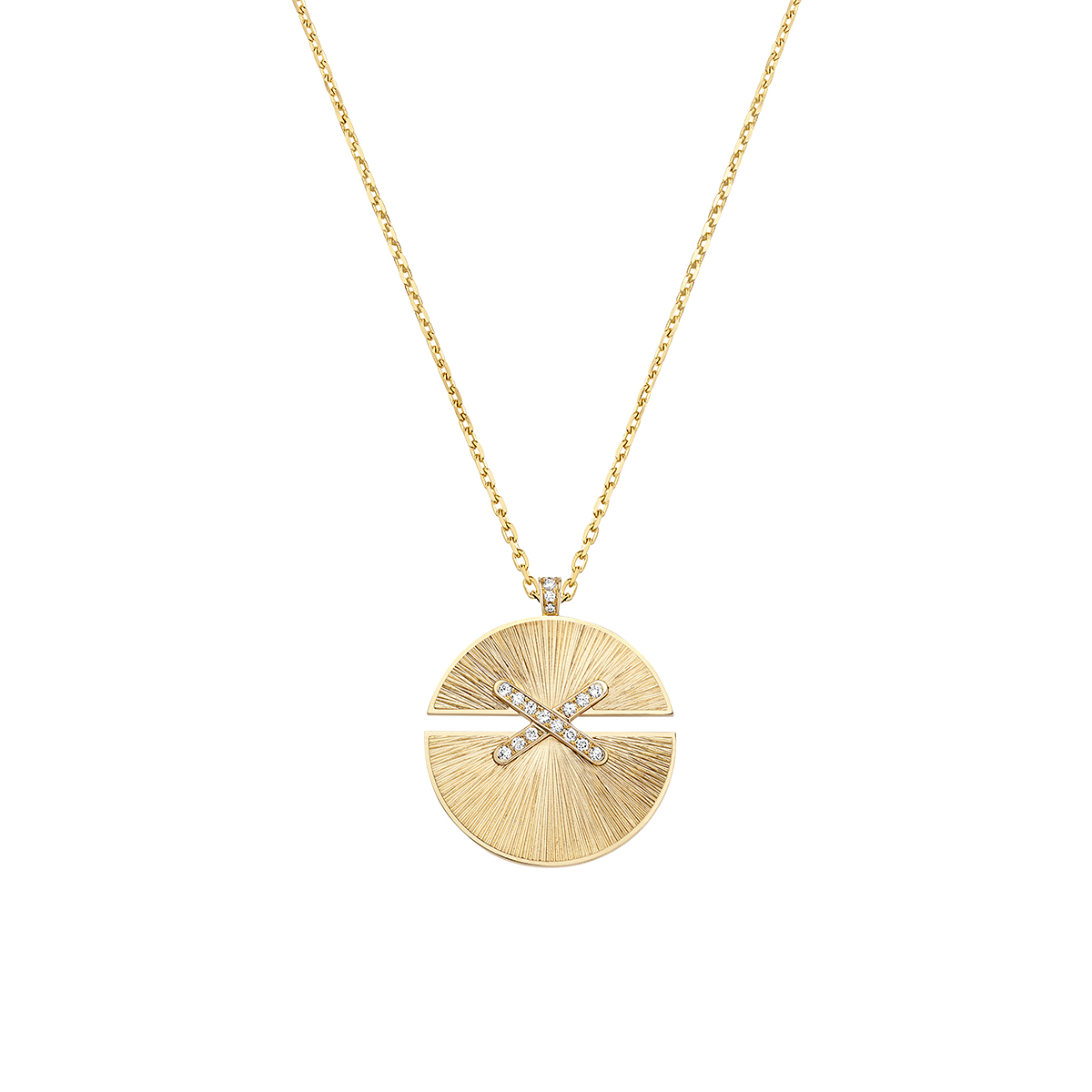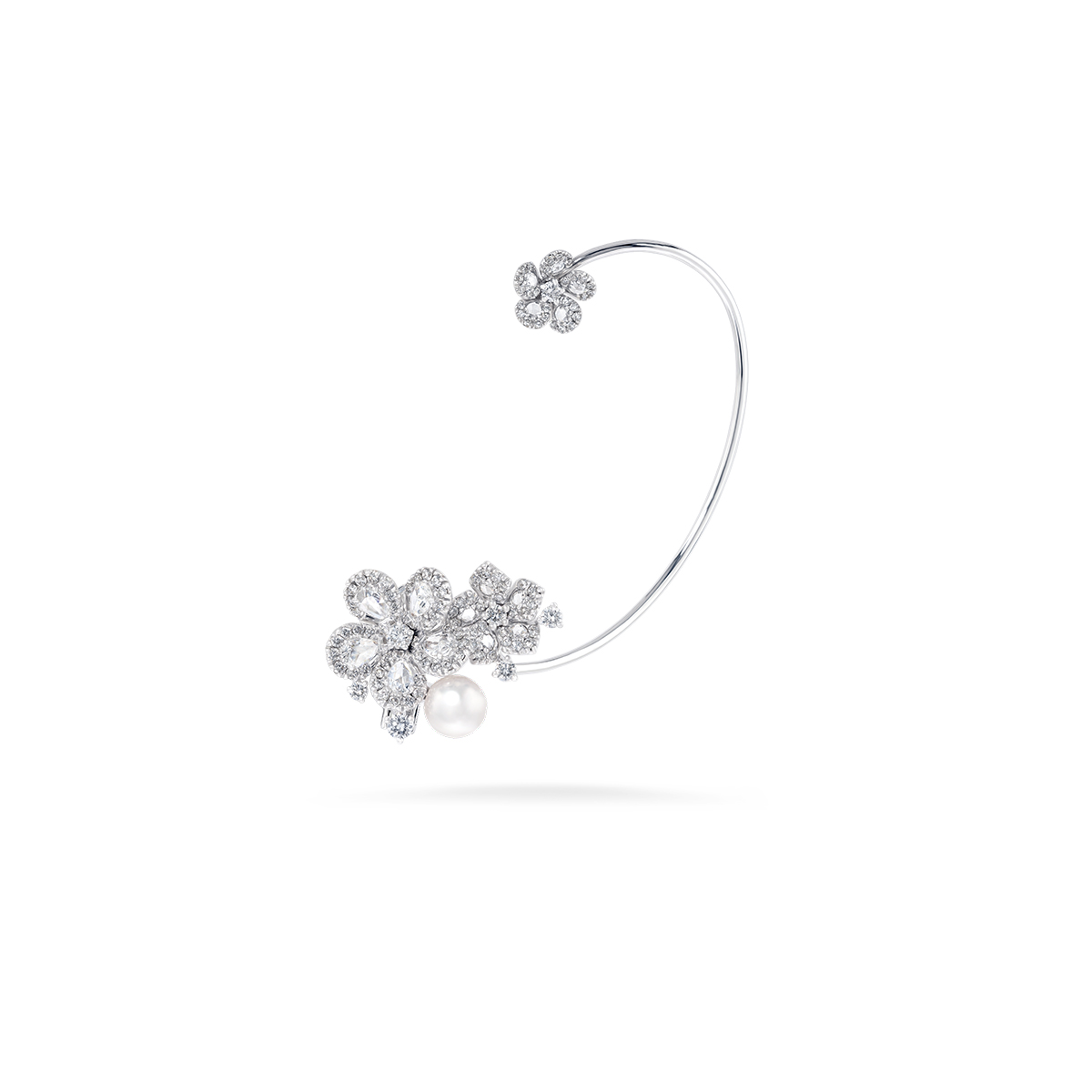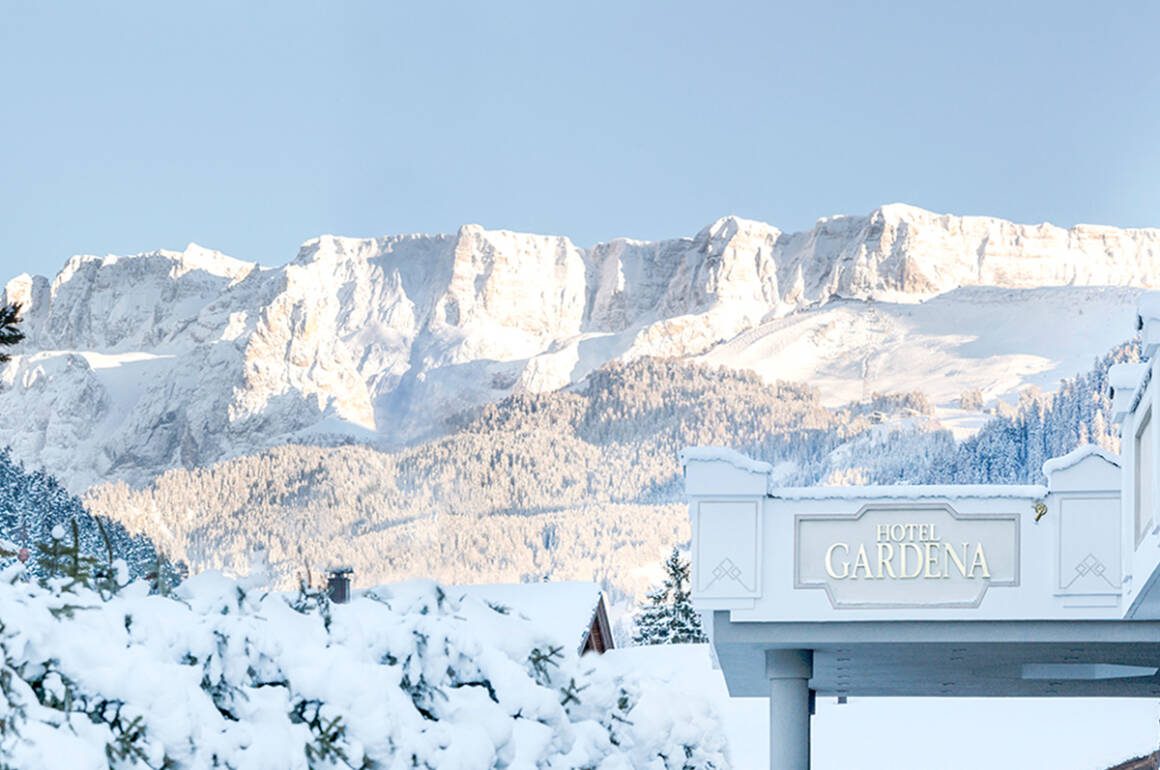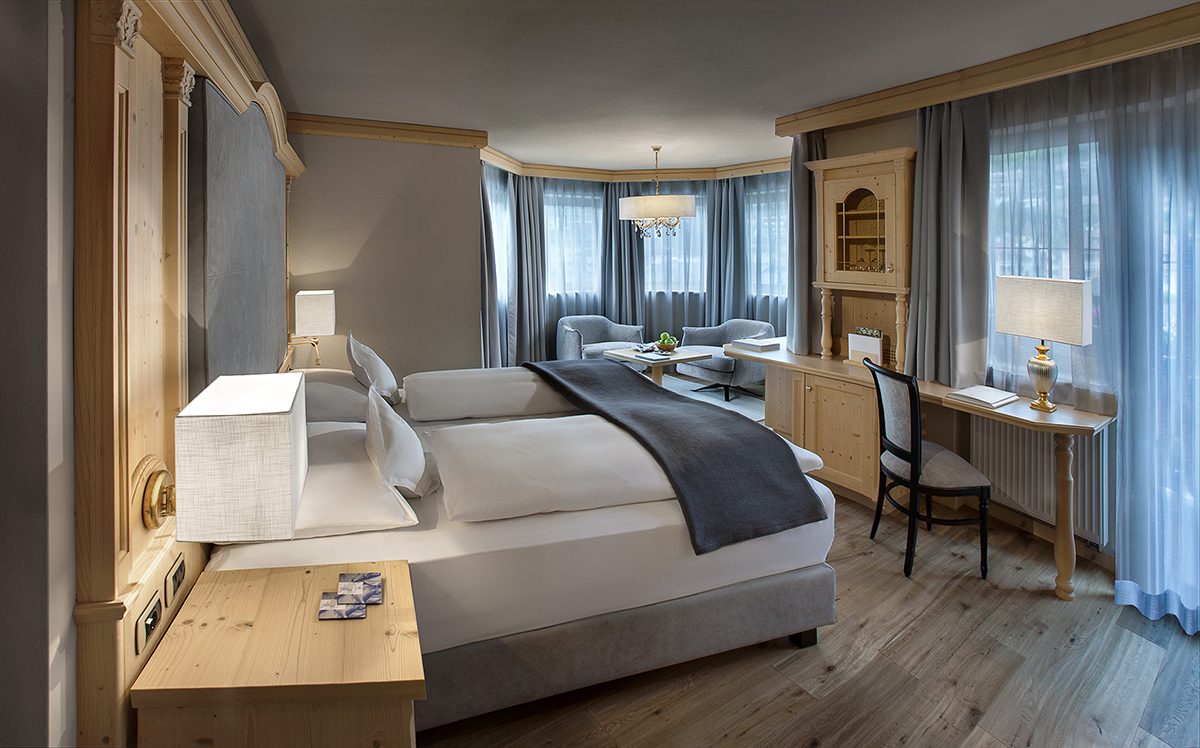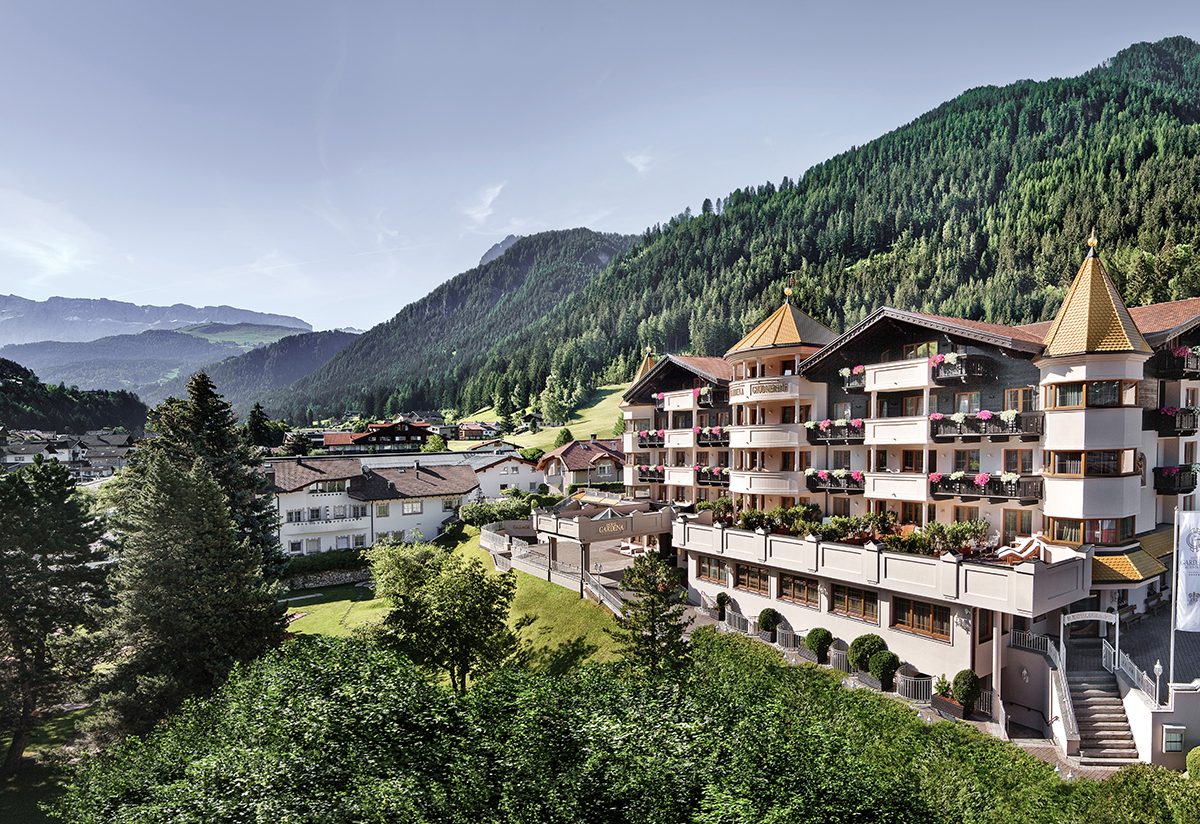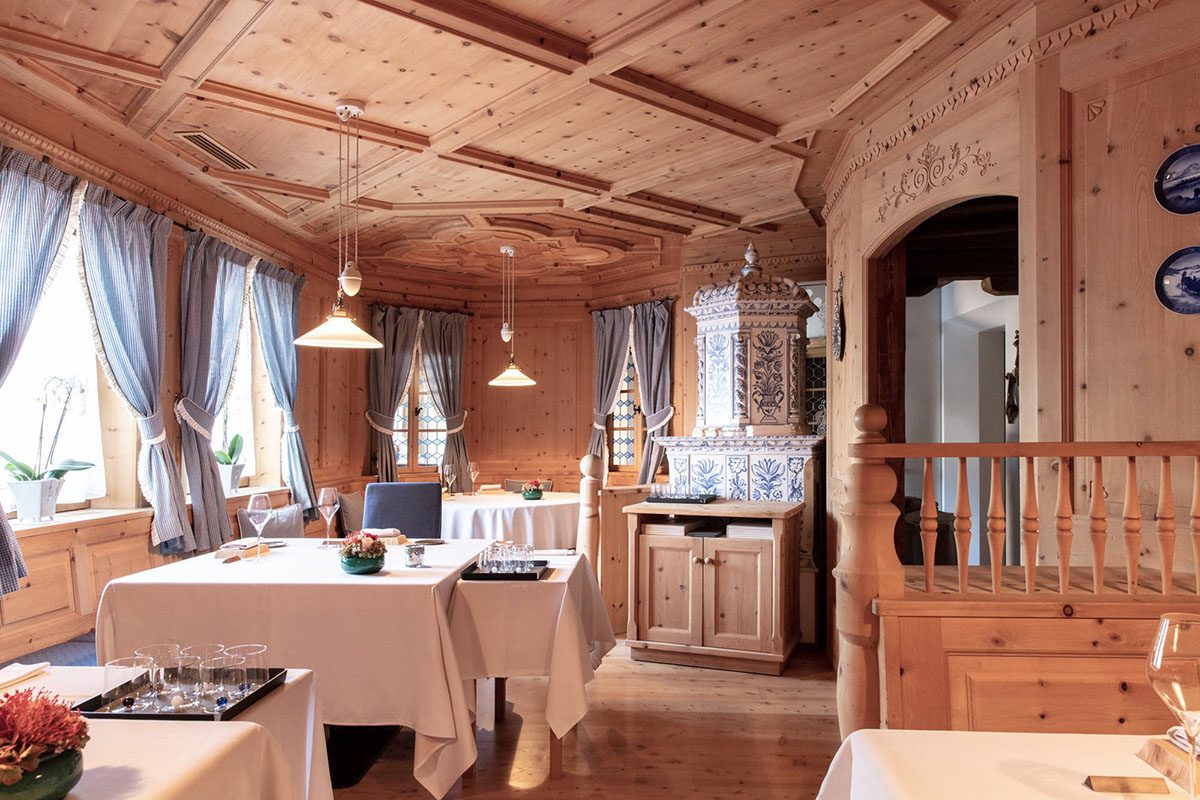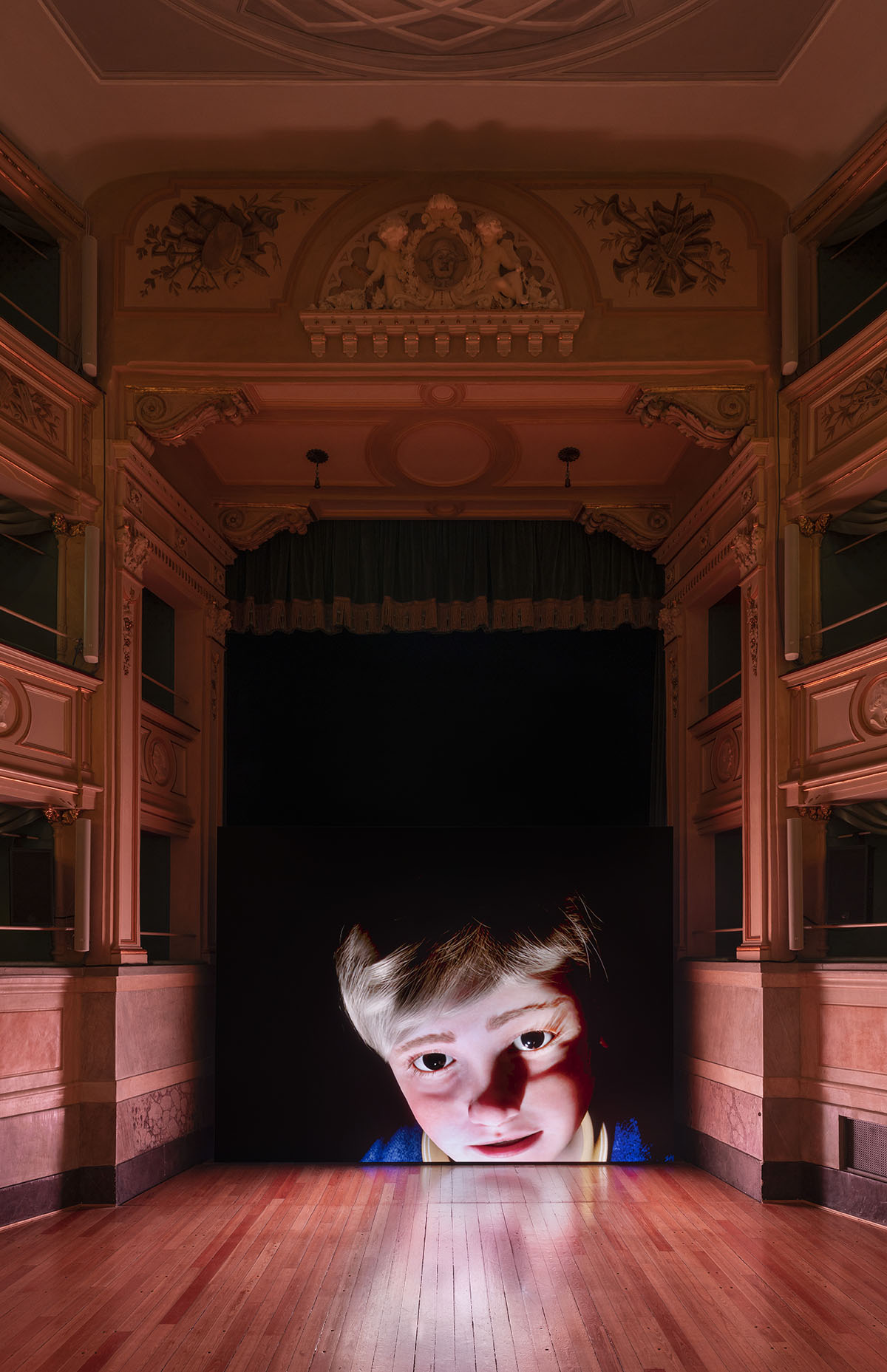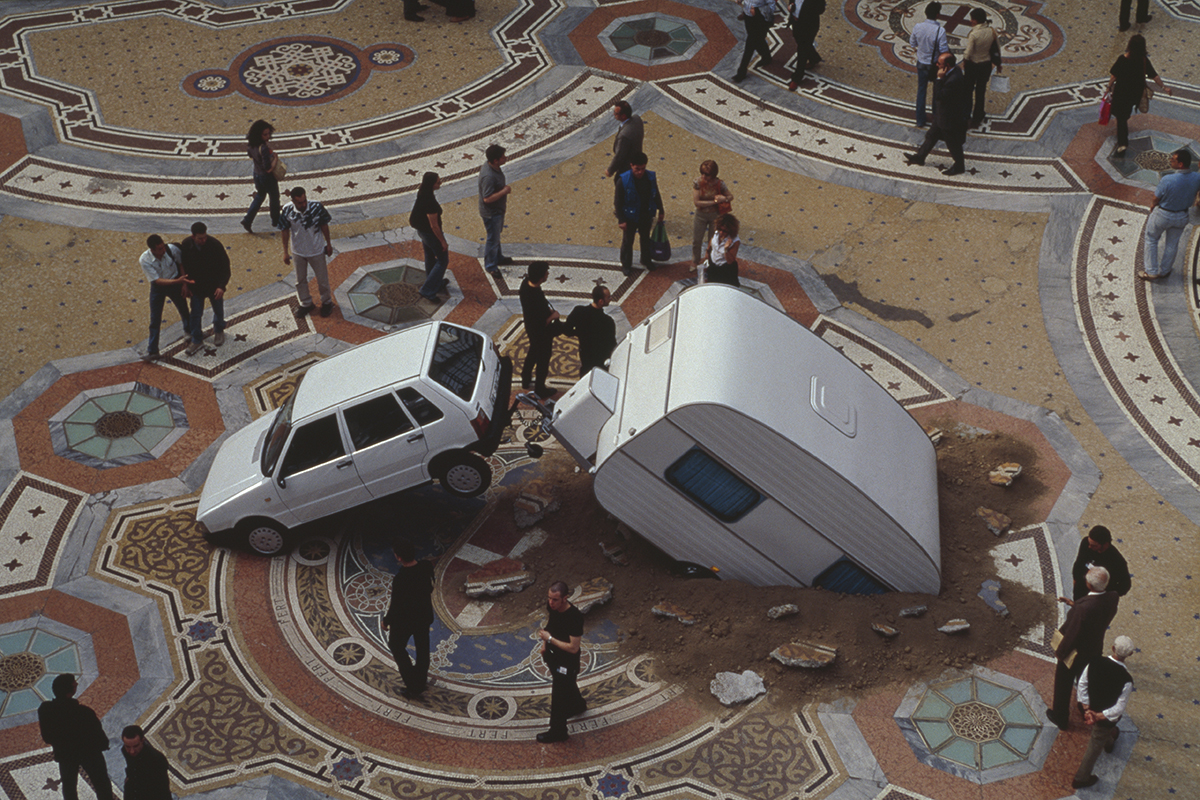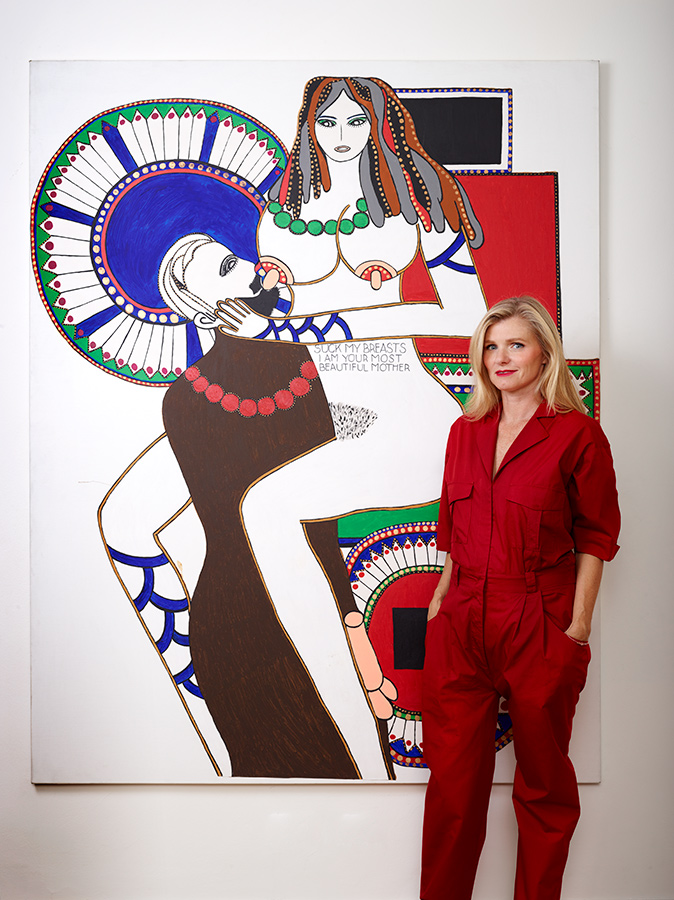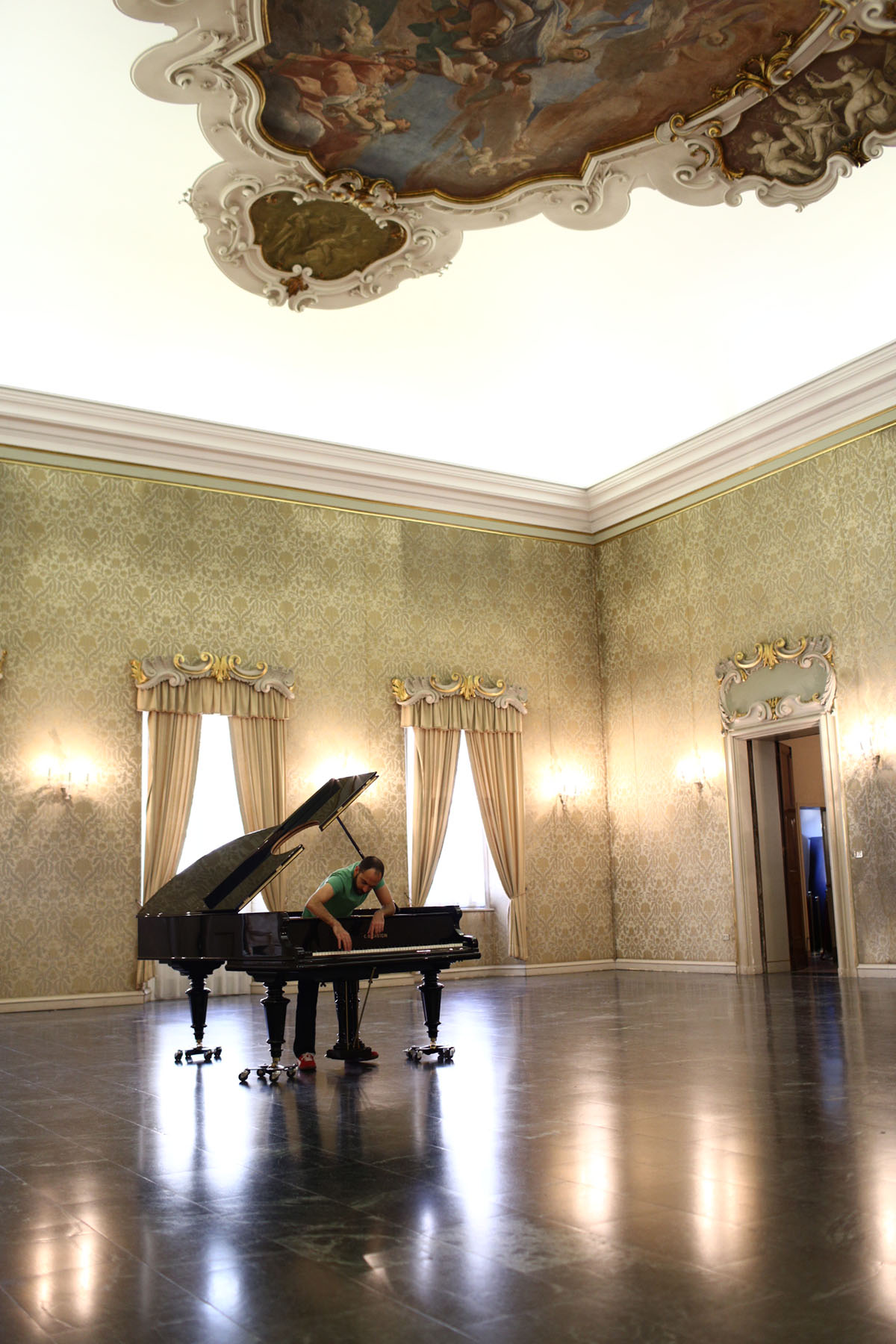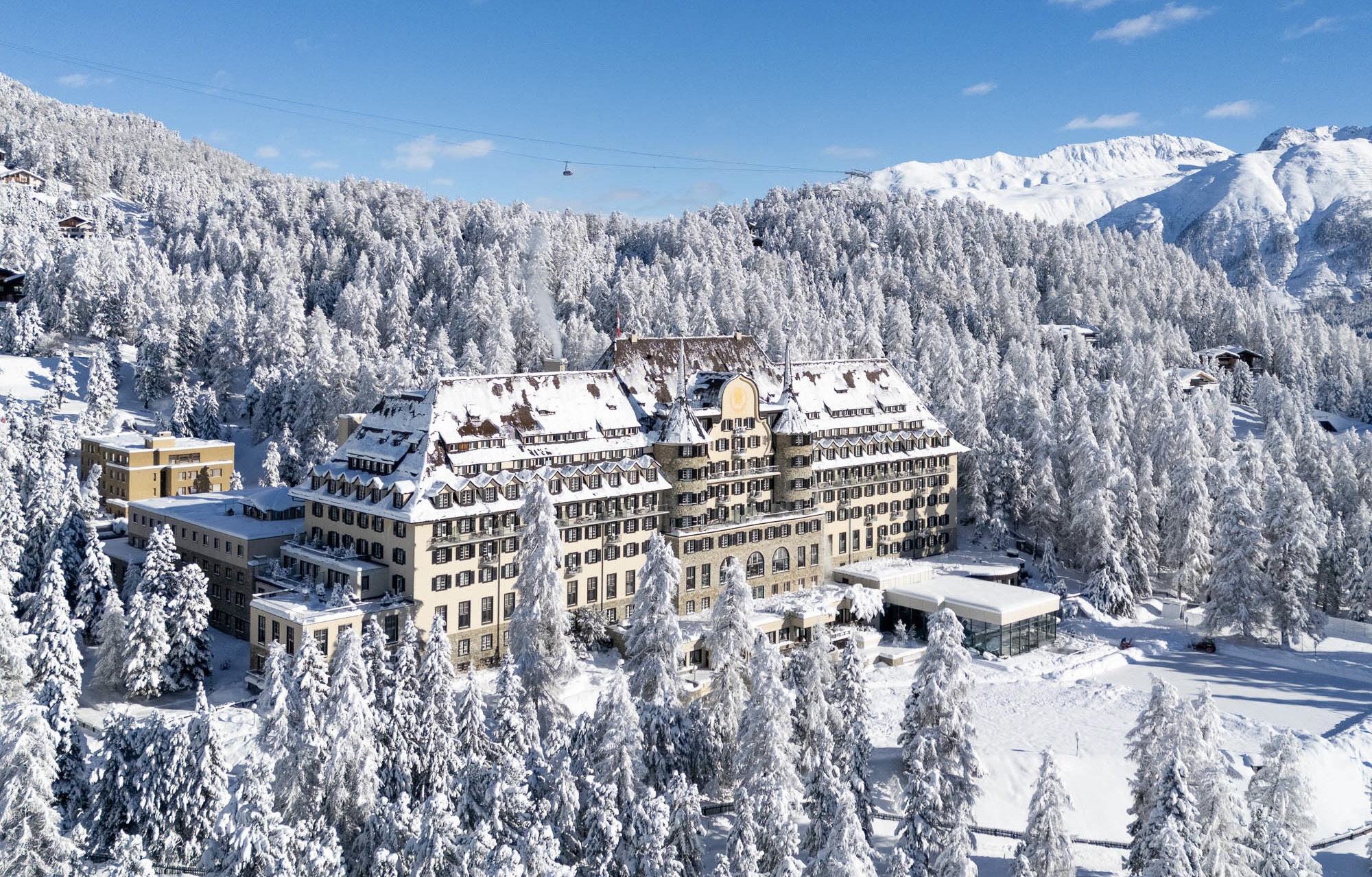
The EQS SUV is a stylish creation by Mercedes chief designer Gorden Wagener, with none of the brashness of some rivals
Mercedes-Benz has made an electric luxury SUV quite unlike any other, and we love it
One of the fears of anyone who has been appreciative of high end automobiles the last years or decades is that electric cars, while having zero tailpipe emissions (although they still do have a carbon and environmental cost in their manufacture and sourcing of electricity) will lack an essential character.
When every car is electric, this argument goes, they will all essentially be more or less the same thing with a different brand attached – accentuated by the fact that electric vehicles also have advanced and highly developing technological interfaces, which are largely sourced from the same suppliers, like all digital technology.
We remember speaking about these matters with the legendary Mercedes-Benz designer, Gorden Wagener, a few years back; Gorden insisted that there would be as much differentiation in the design and feel of Mercedes’ electric vehicles as there has been in their conventional cars.
Follow LUX on Instagram: luxthemagazine
The EQS is a SUV – a type of car usually associated with massive emissions. It is fully electric though, so no worries on that front, at least during its daily use. It also achieves a remarkable goal of being very big SUV that does not look either aggressive or lumpen. It is smoothly designed and seems to shrink on the road, meeting no hateful looks from the resentful brigade.
The real revelation, though, is in the way it drives. Many SUVs set out to try to emulate the driving experience of the regular saloon/sedan cousins, something made almost impossible by their high centres of gravity and inherently massive weight – most of them weigh above two tonnes and a luxury SUV can weigh close to three tonnes.
This means that not only can they not drive like sports cars, but the passengers’ experience can also be compromised, with manufacturers left in a hard place between making the ride firm and unyielding (theoretically improving the dynamic qualities) or softer, but then allowing the forces of physics to dictate something that can be quite difficult to stomach in terms of a wallowing feel, particularly in association with the rapid but silent acceleration offered by electric cars.
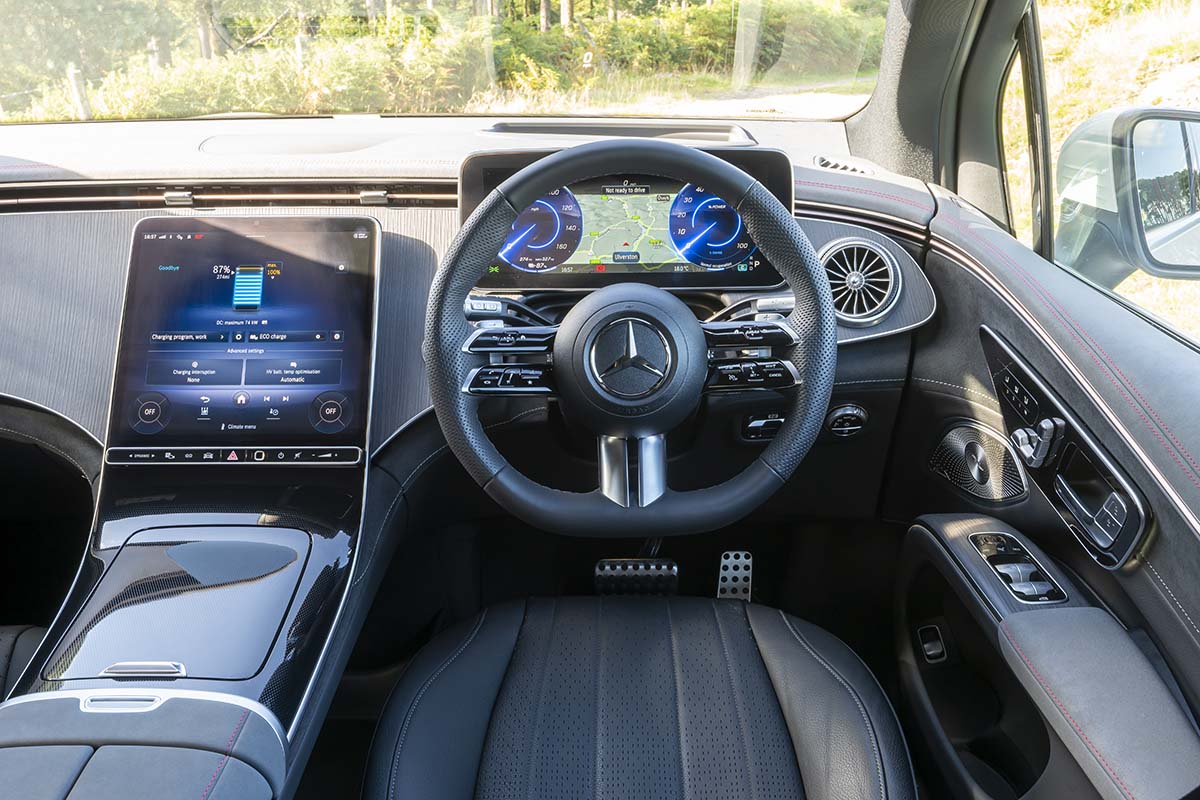
The Mercedes-Benz ESQ SUV has a sophisticated and contemporary driver’s environment
That’s where the EQS is unique. Shoot off in the EQS (like all electric cars, it’s fast, although the 450 model we drove is not the fastest), and you have a delicious feeling of being cosseted – this is not a car aimed at setting record track lap times. Passengers felt the same. There is a luxuriant, old school refinement to being on the move in this car: objectively that is down to a ride that absorbs bumps and bits of broken road.
There is huge refinement in terms of what car companies call NVH (noise, vibration and harshness) but also a feeling that the engineers who made this car just really understand what makes a luxury car. Step out of the EQS into any other electric vehicle and you will notice the difference on this front.
So, a point of difference and a significant one given that this is a luxury car.
The technological interface is also sophisticated and easy to use, although this is much less of a differentiator these days. And while the design feels are highly up-to-date, we wonder if Mercedes has gone a little too far or making the interior feel “contemporary“ rather than “luxurious“. It’s as if the engineers did their bit brilliantly in the way the car rides and drives, but the interior designers were a little bit wary of making it look too traditional. Shame, because no major manufacturer does interior luxury like Mercedes. Functionality is for Teslas.
Read more: Porsche Reviews Series: 911 GTS
But the most important element of a car like this is the feeling of quality, and the way it rides and drives. The EQS has one of the best electric mileage ranges of any car – although range is a technology that will constantly improve – and it is a car that you wish to sit back and luxuriate in, whether as a driver at the helm (and it really does feel like a helm, in the best luxury Mercedes, type of way) or passenger. So bravo Mercedes for having the bravery to create something that is truly – we think – what do your clients will want. Next, just add a bit of Palace of Versailles – or even Schöbrunn, if you want to keep it Germanic – to the interior for that ultimate touch of baroque ‘n’ roll.
Find out more: mercedes-benz.co.uk/suv/eqs/



